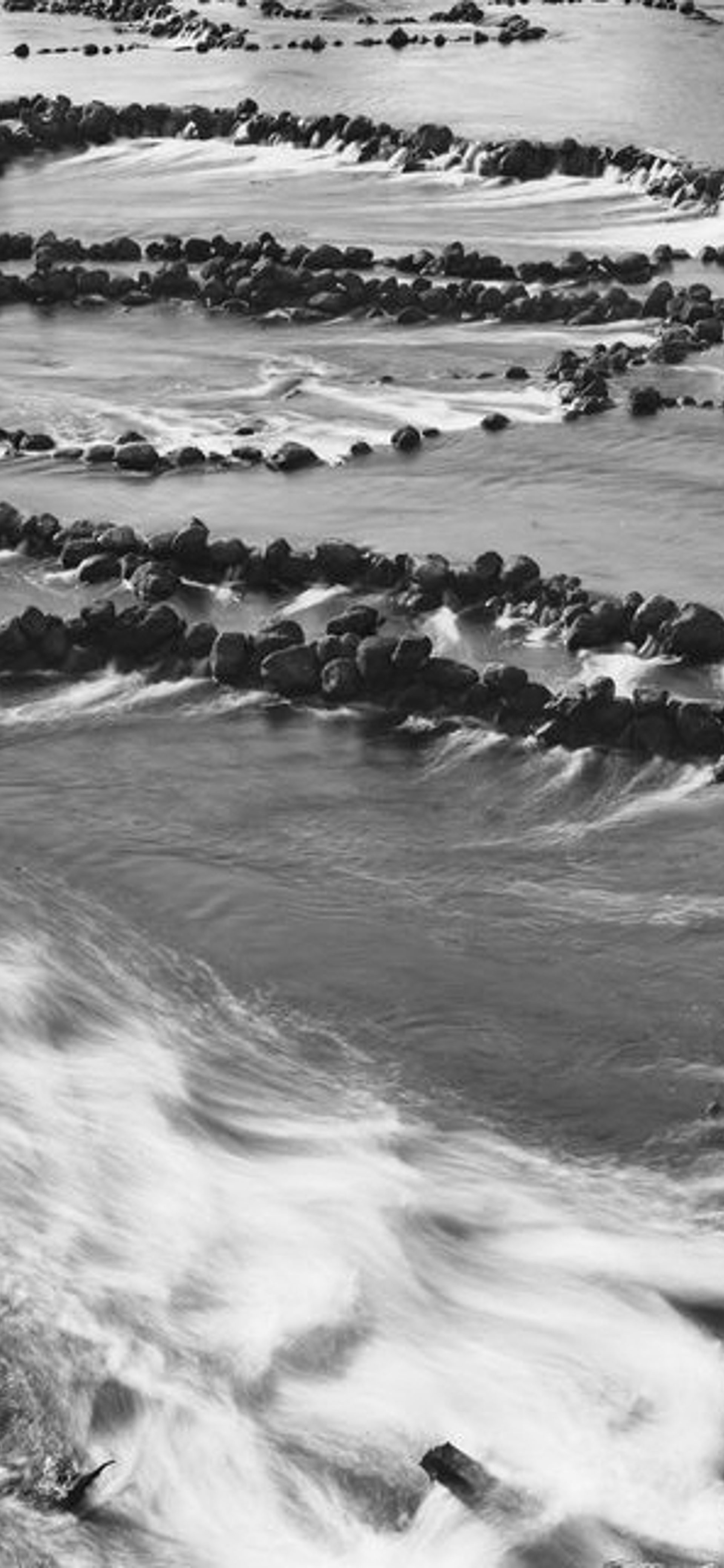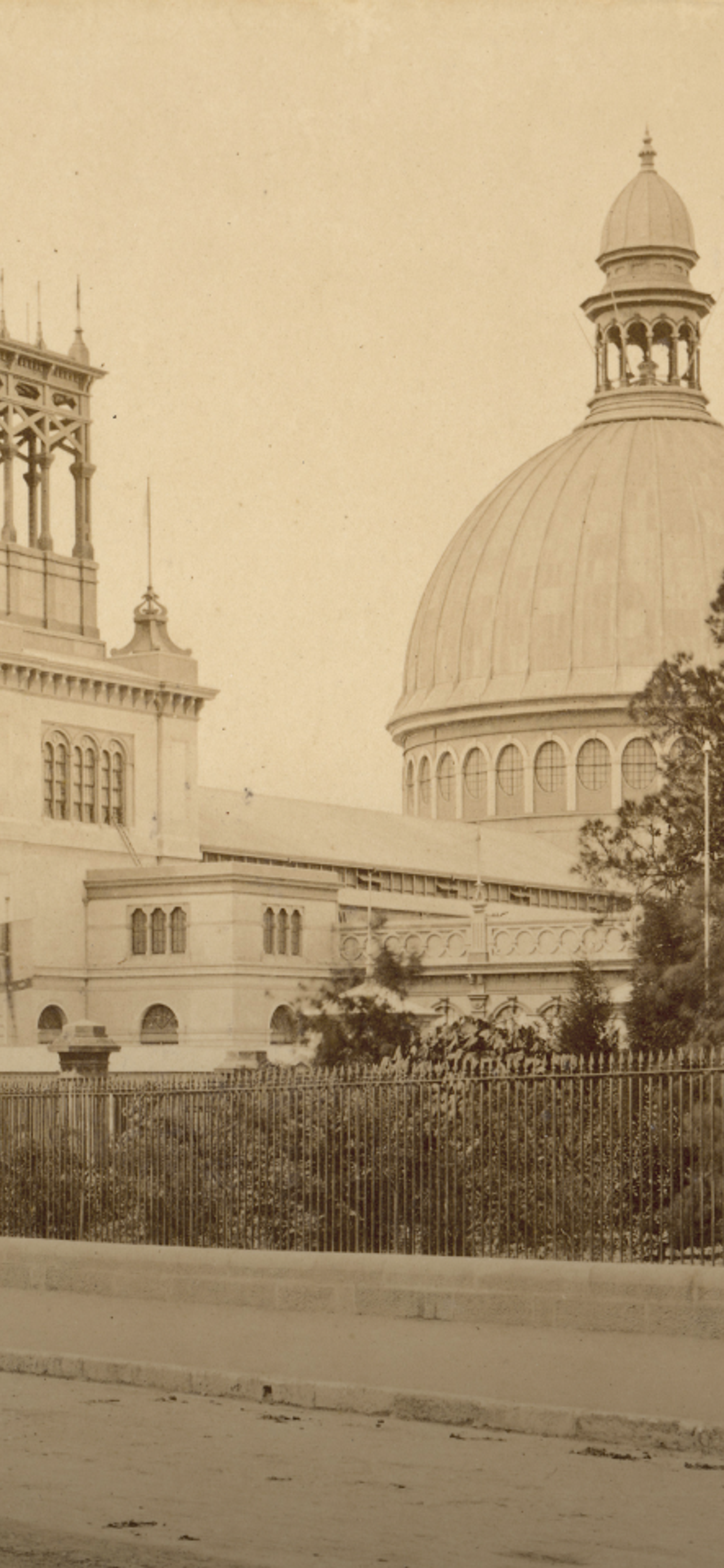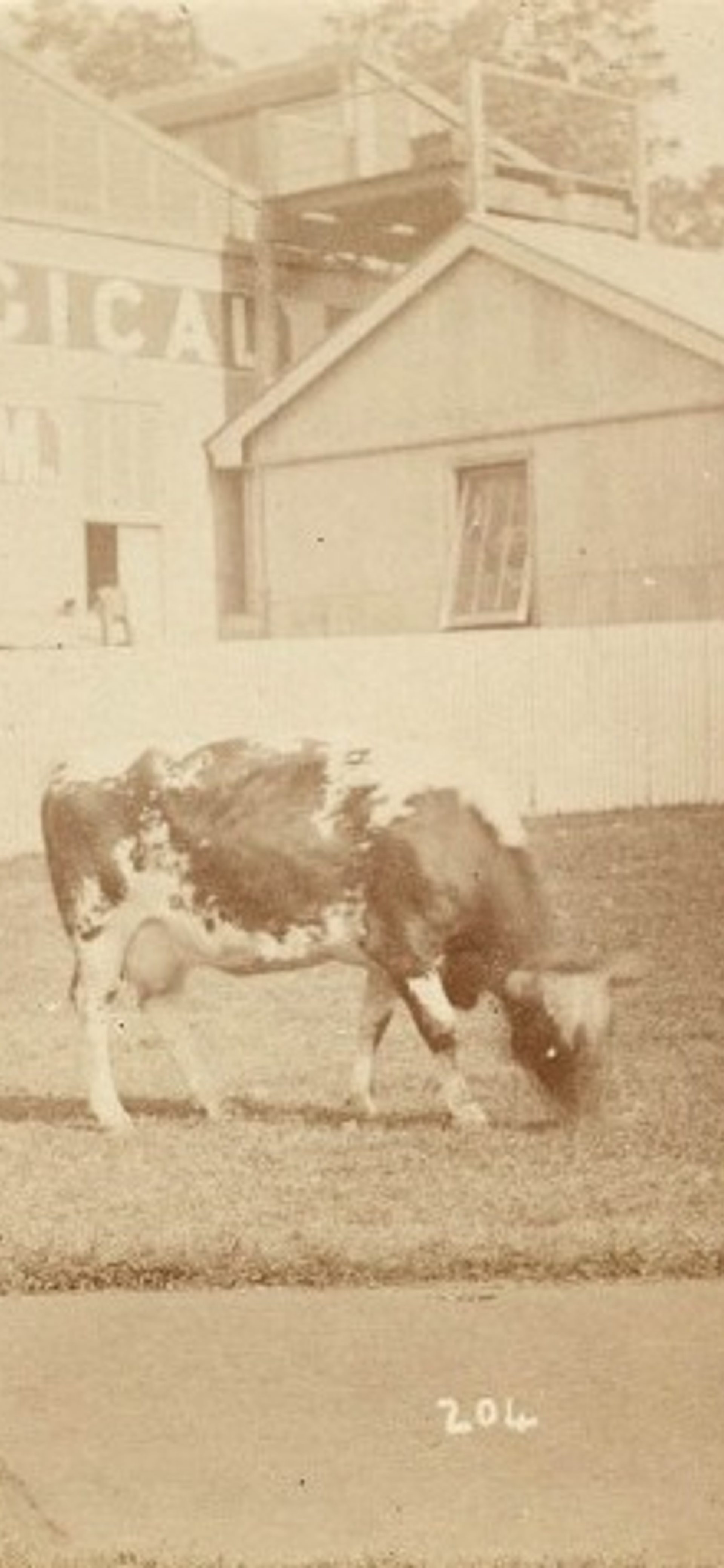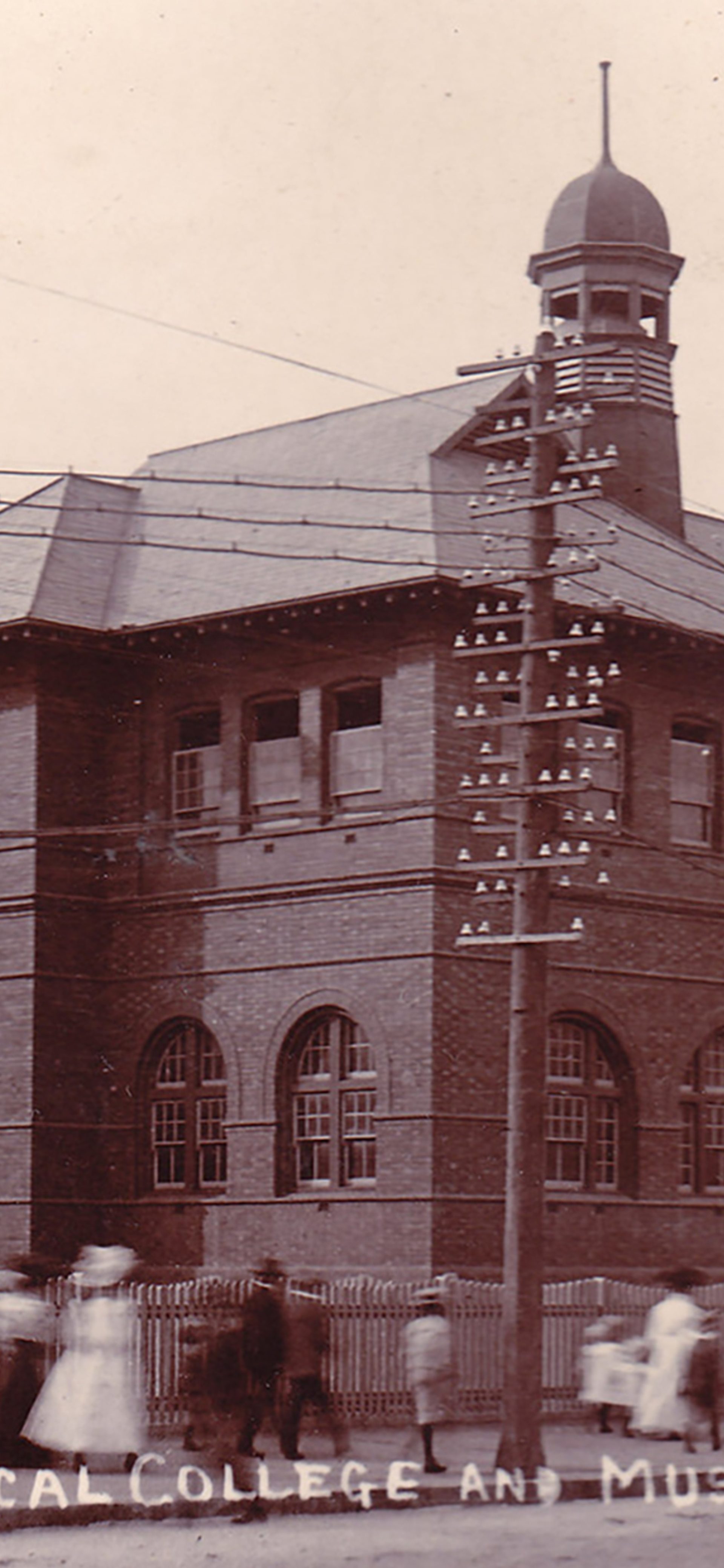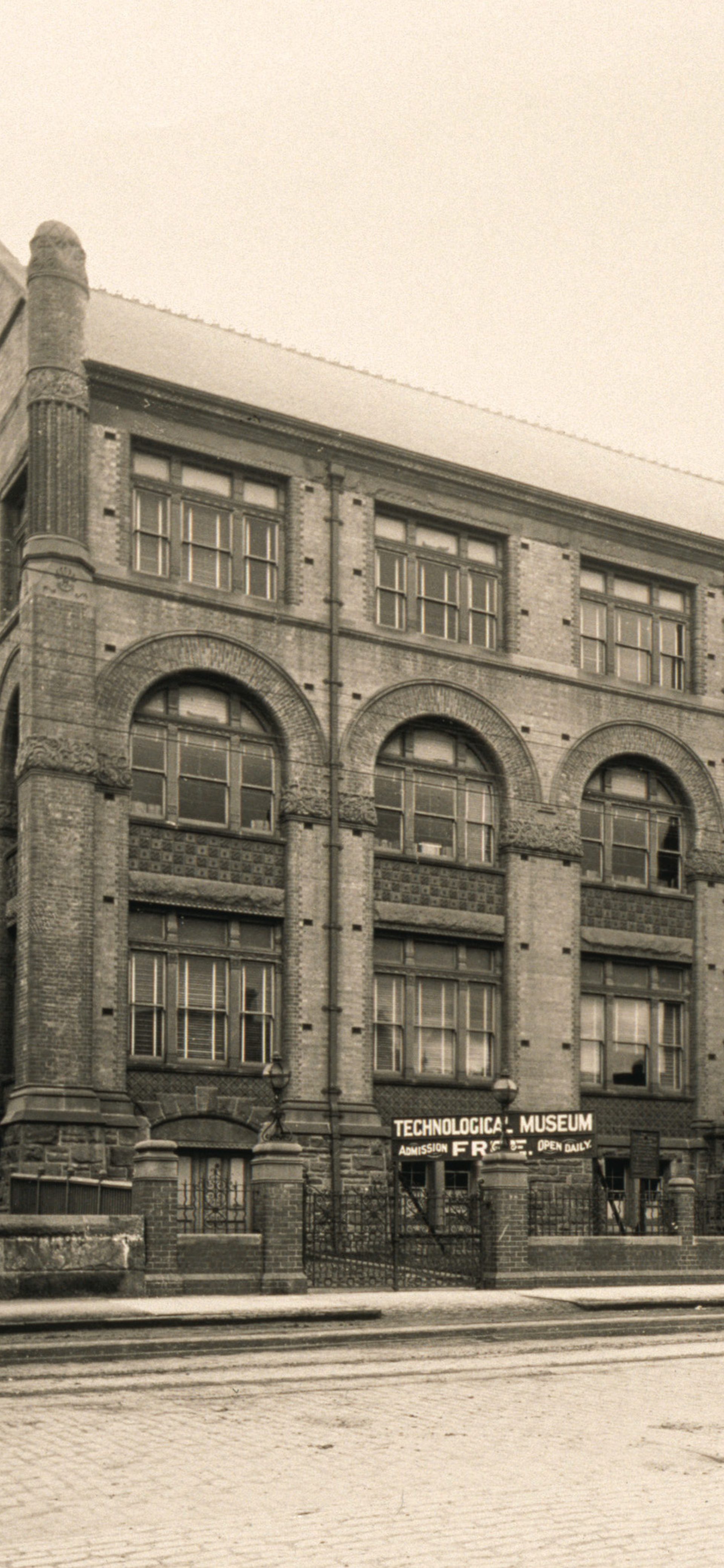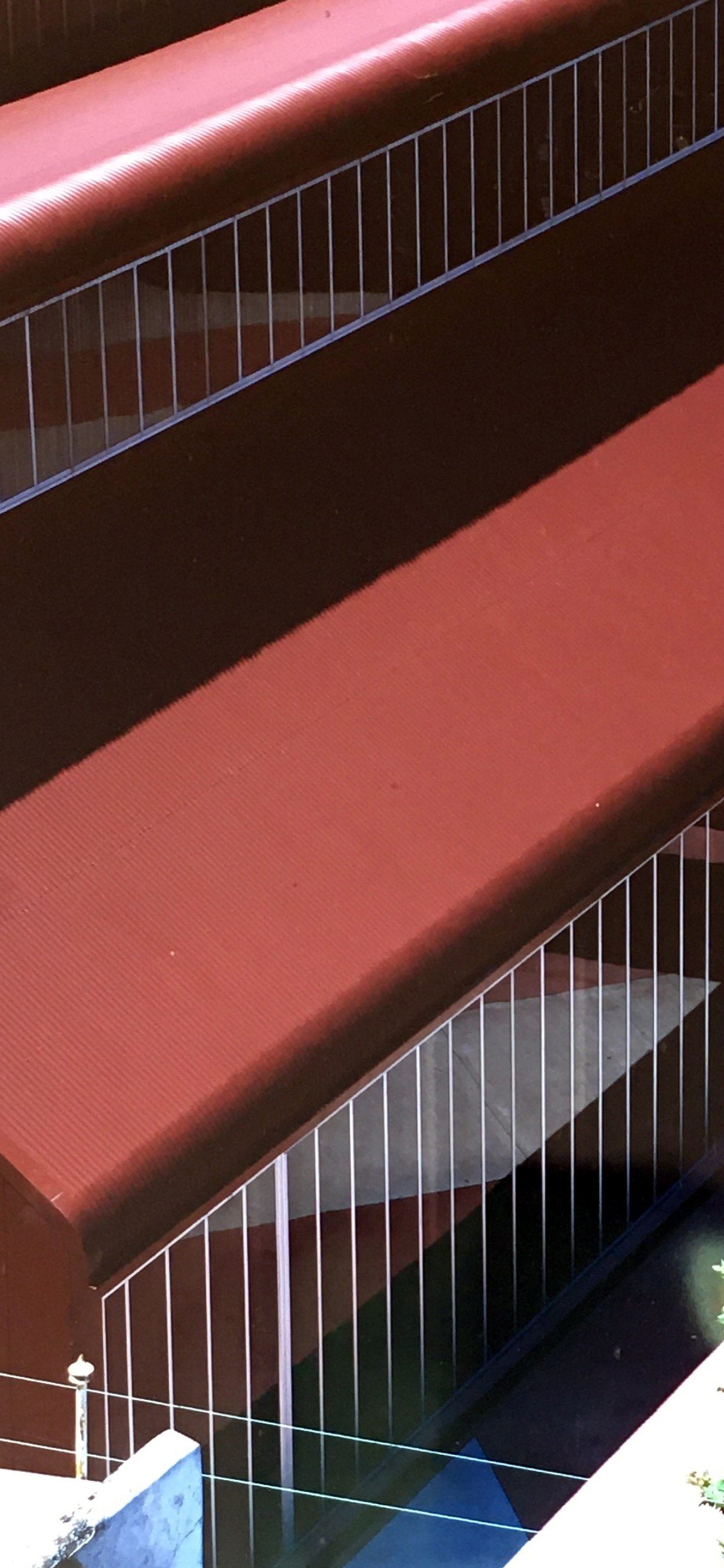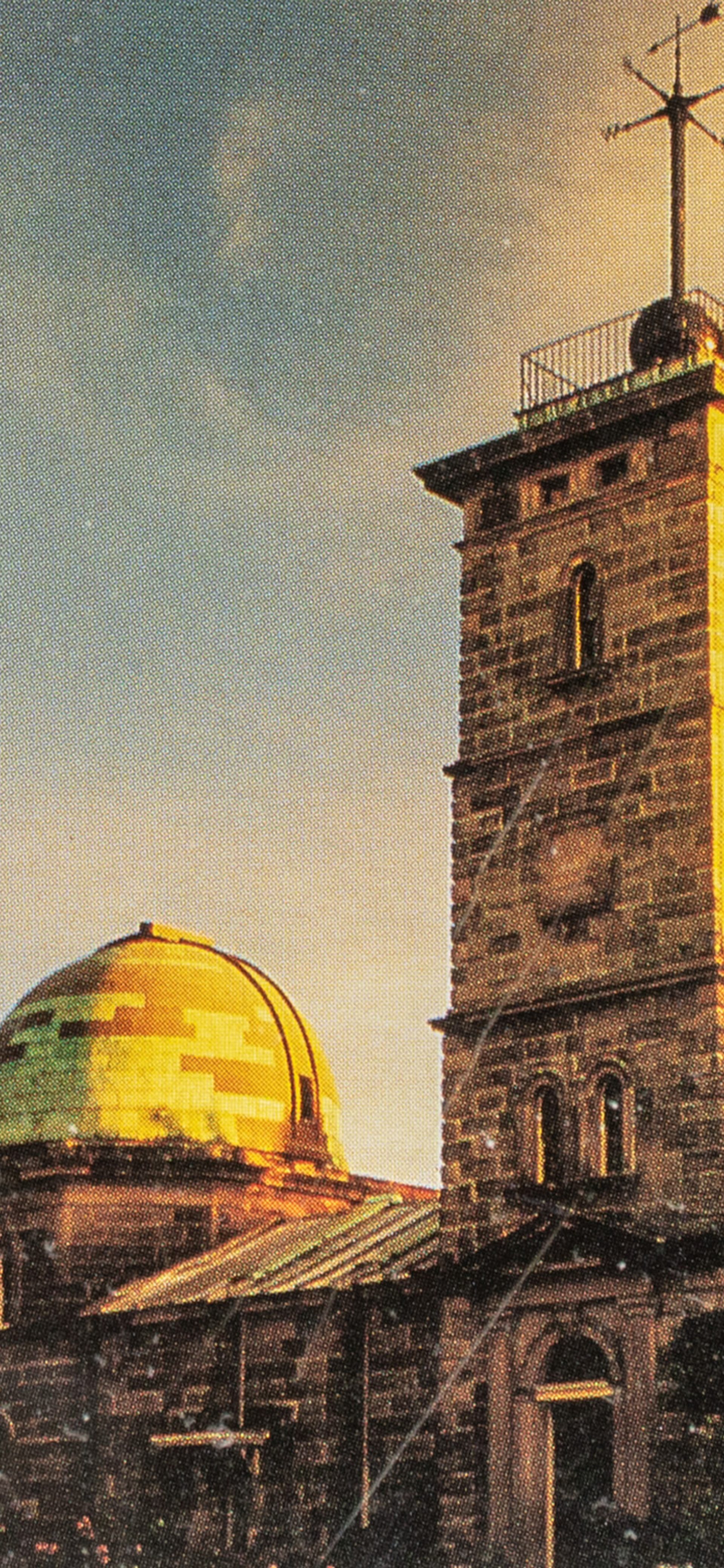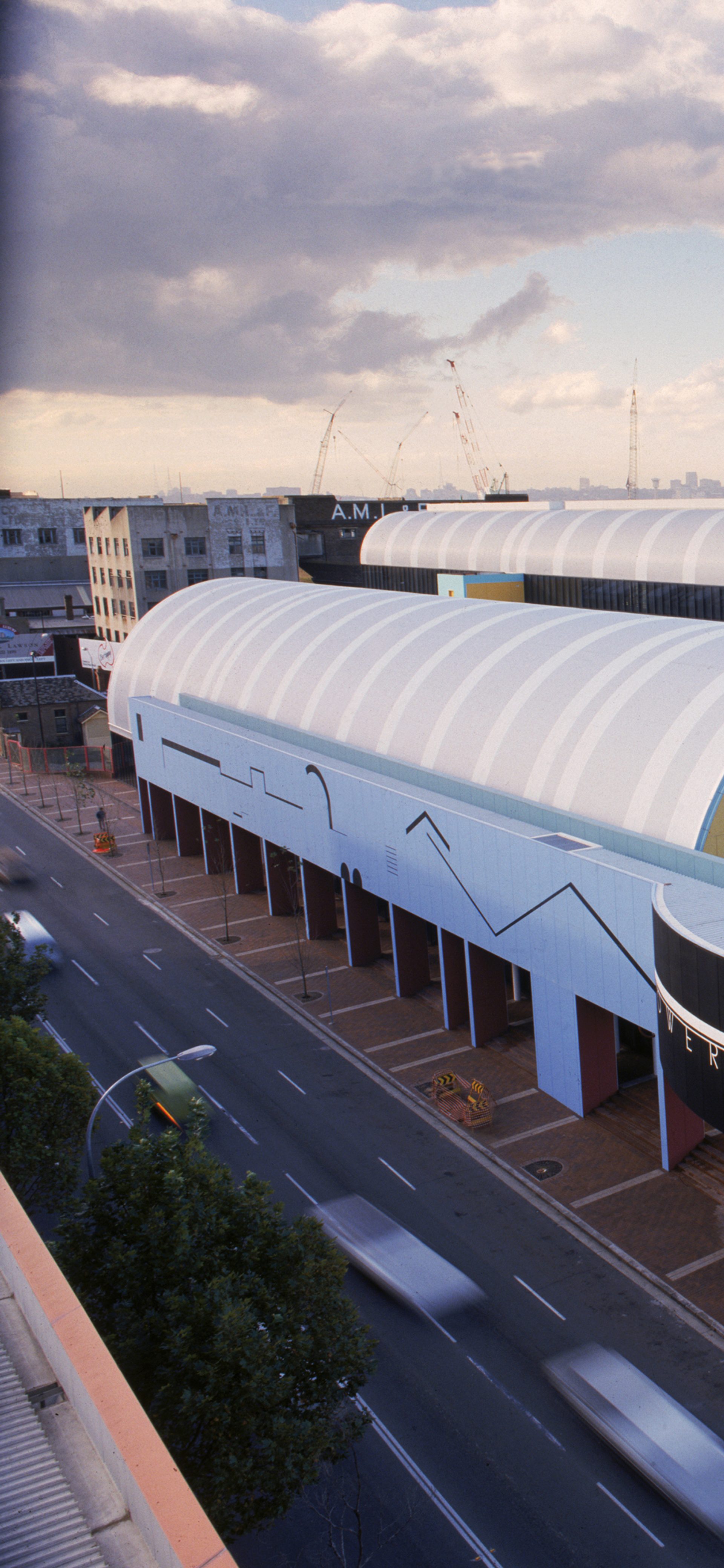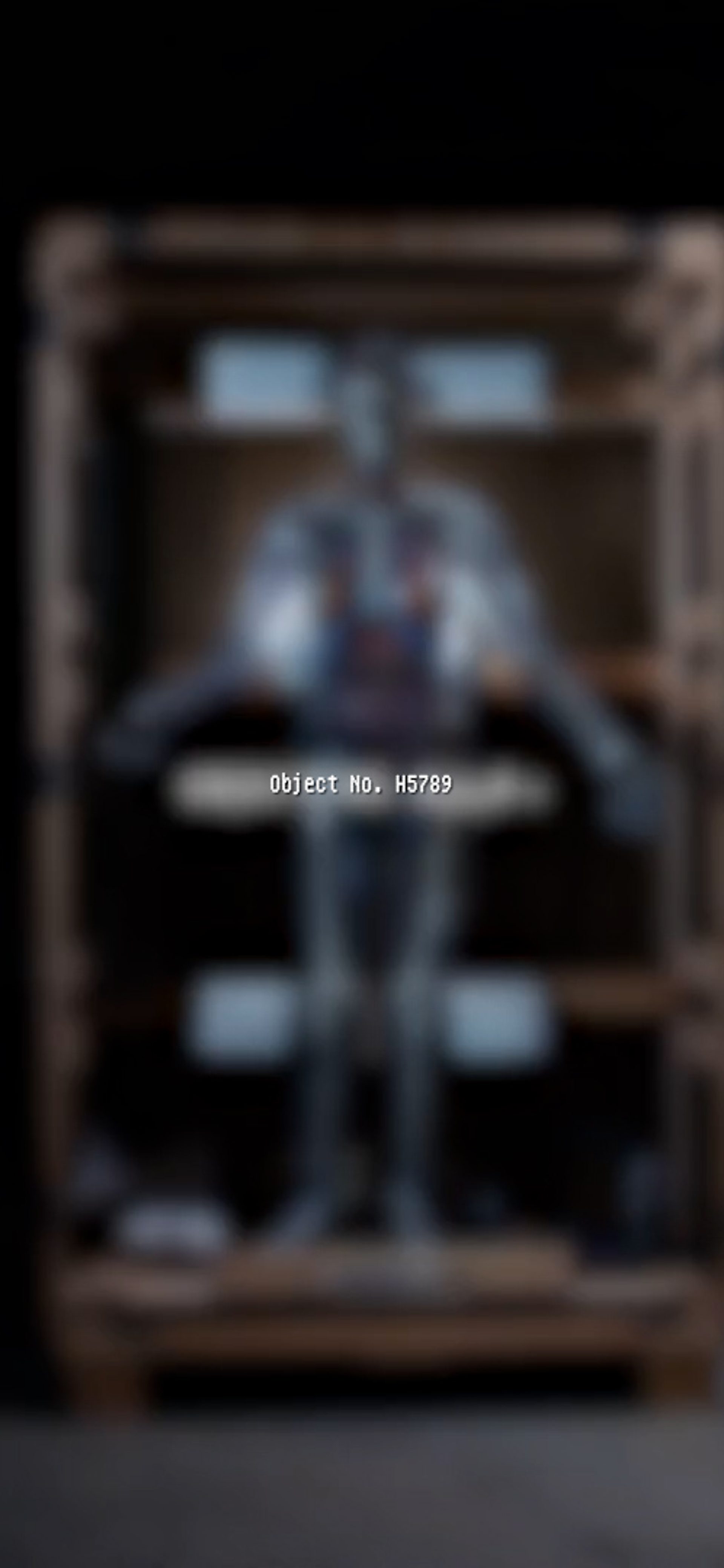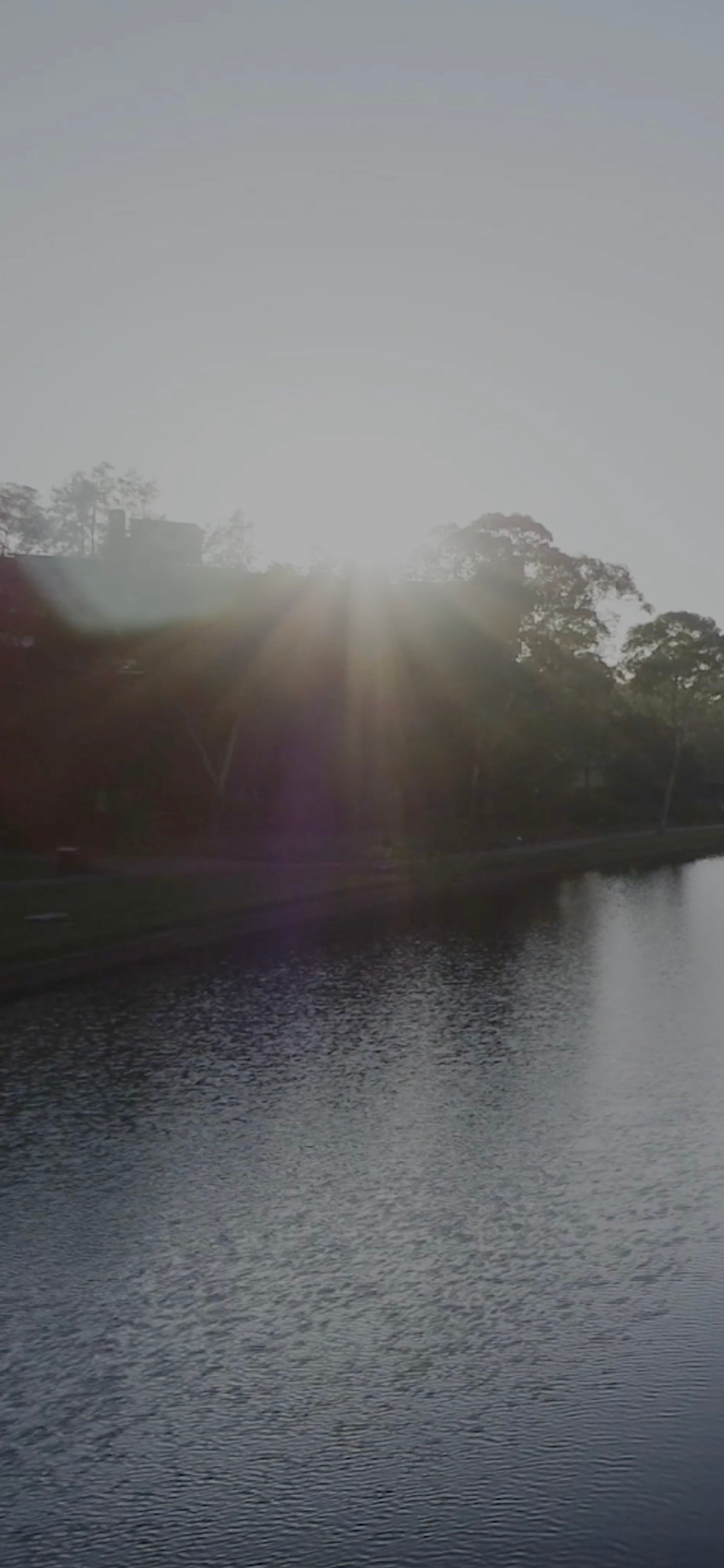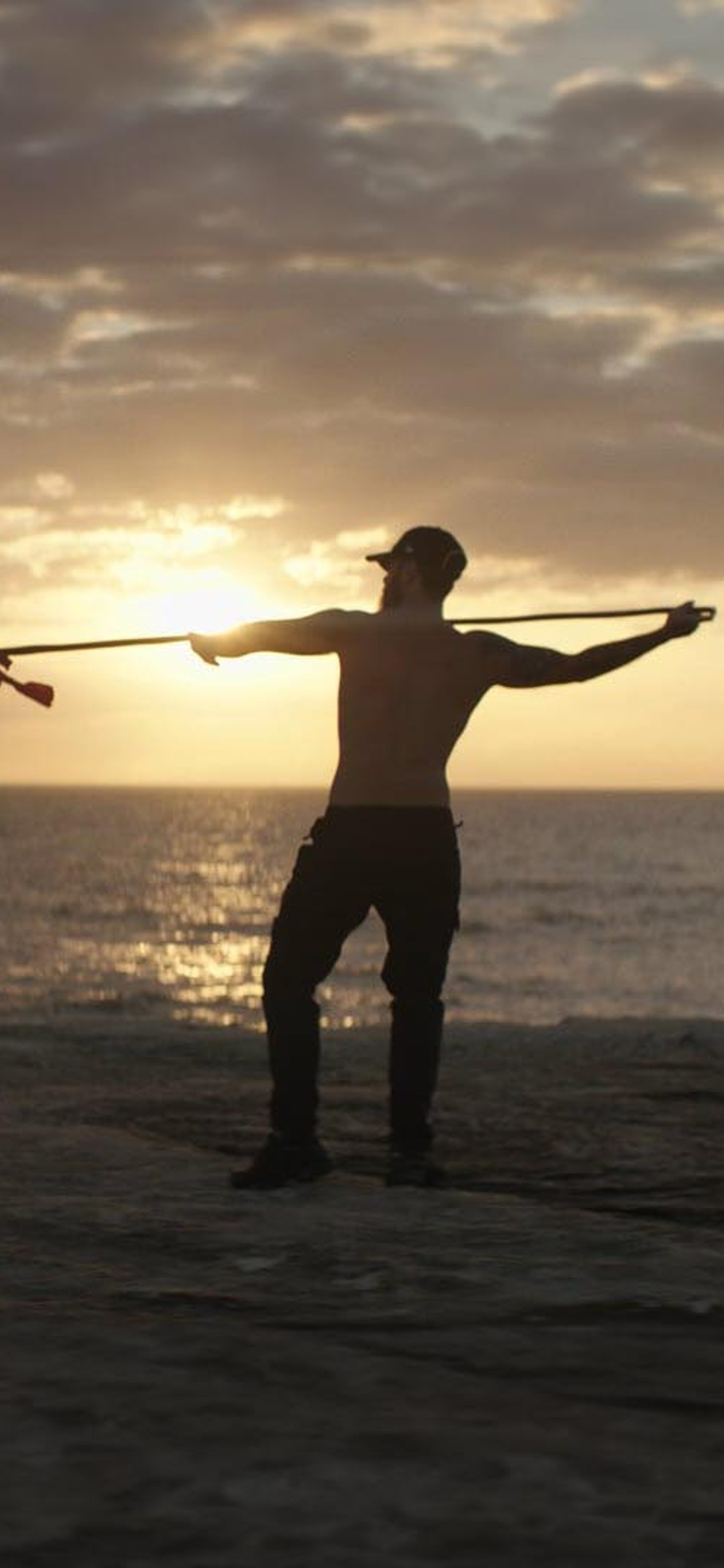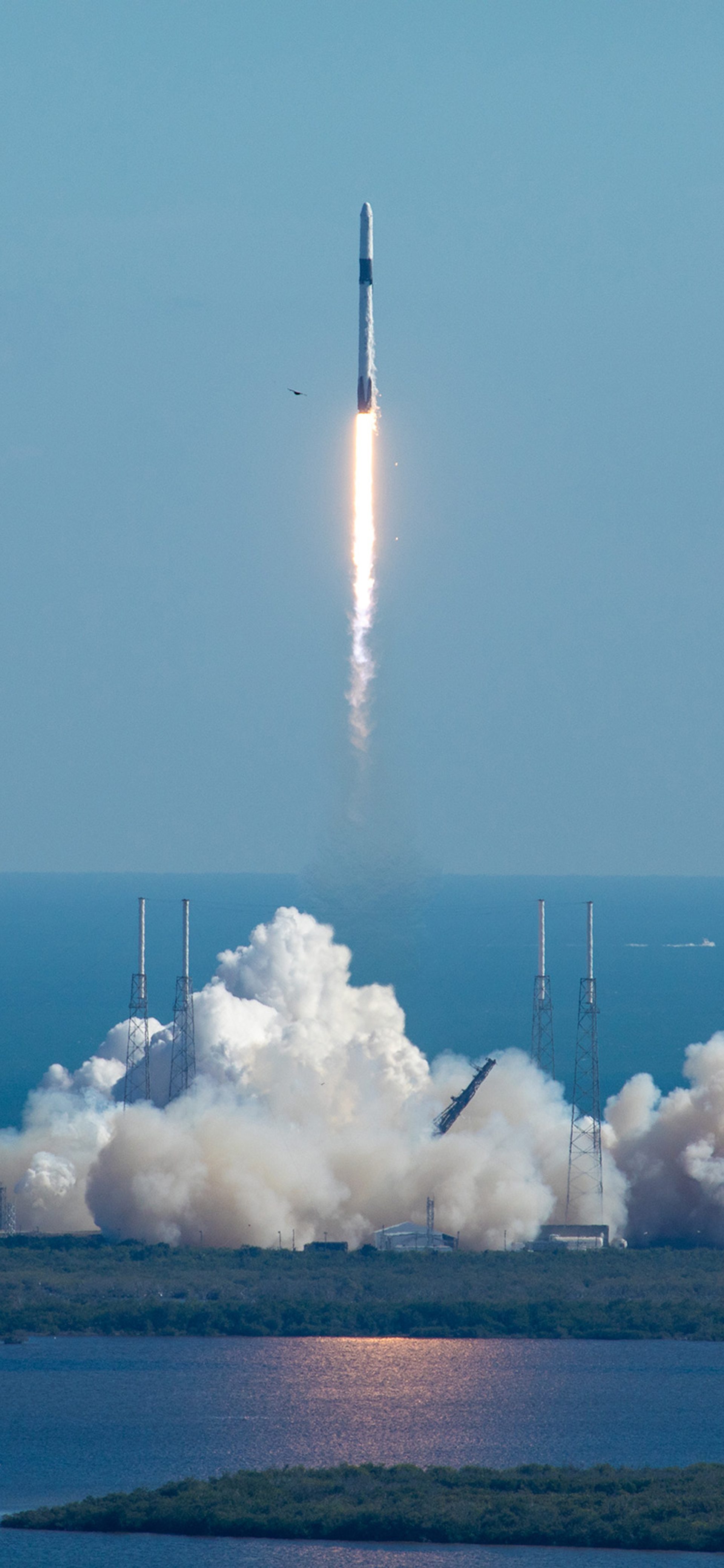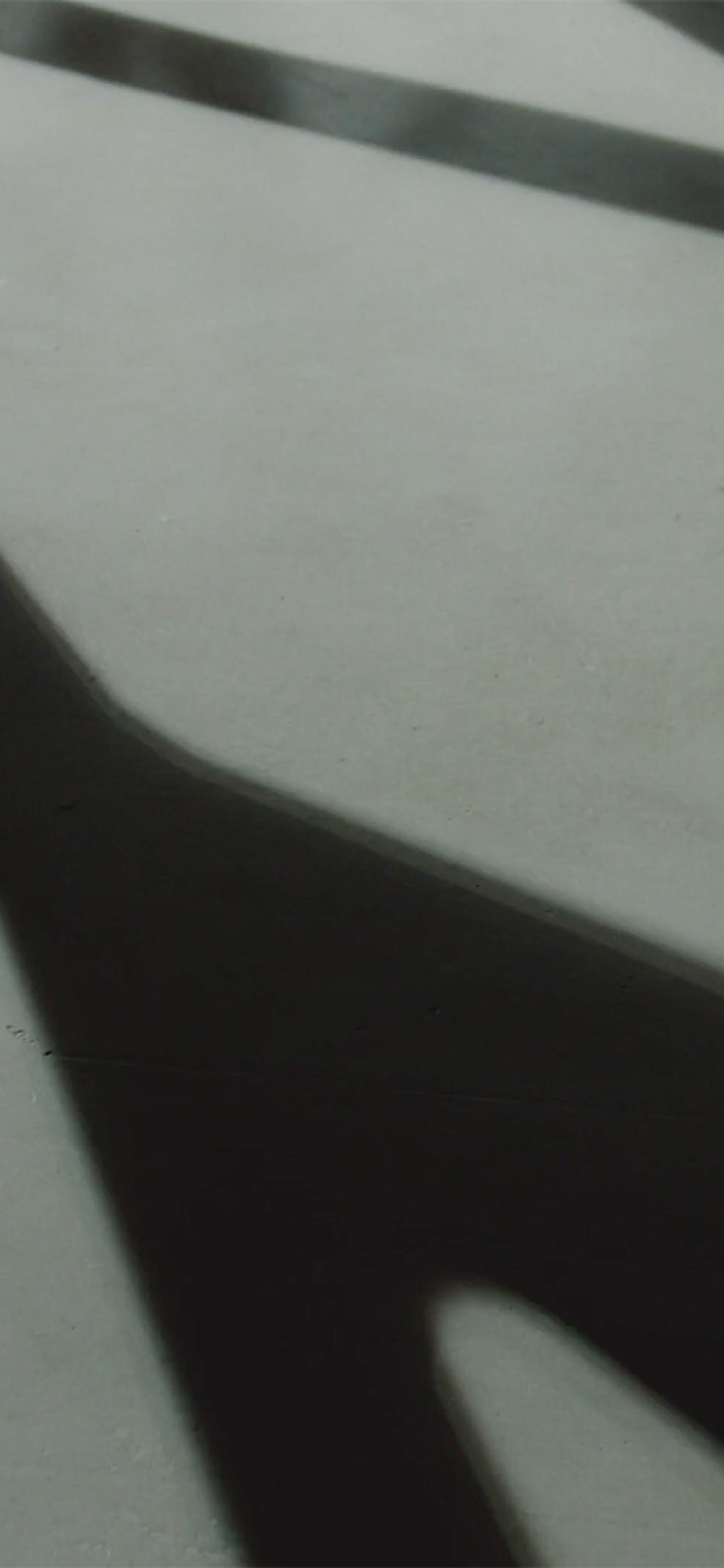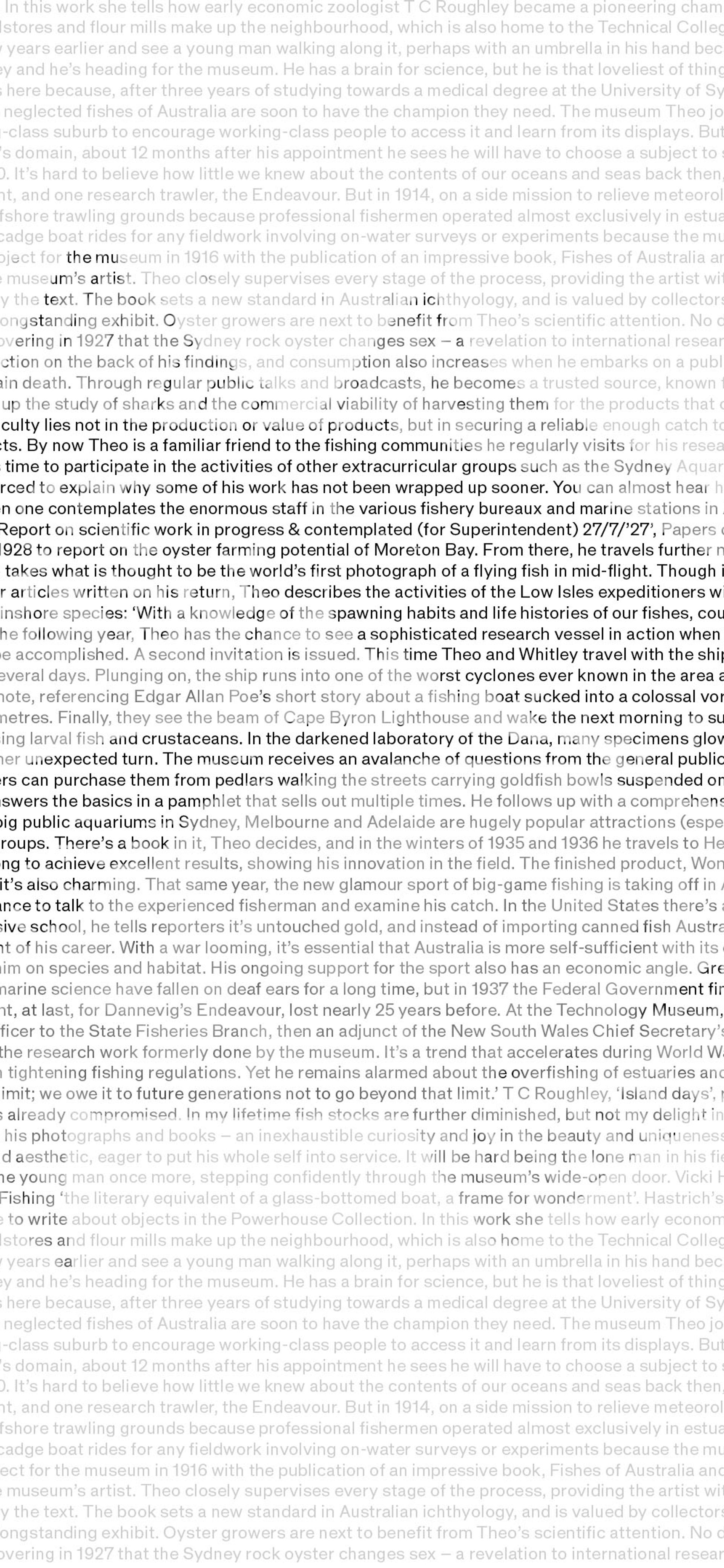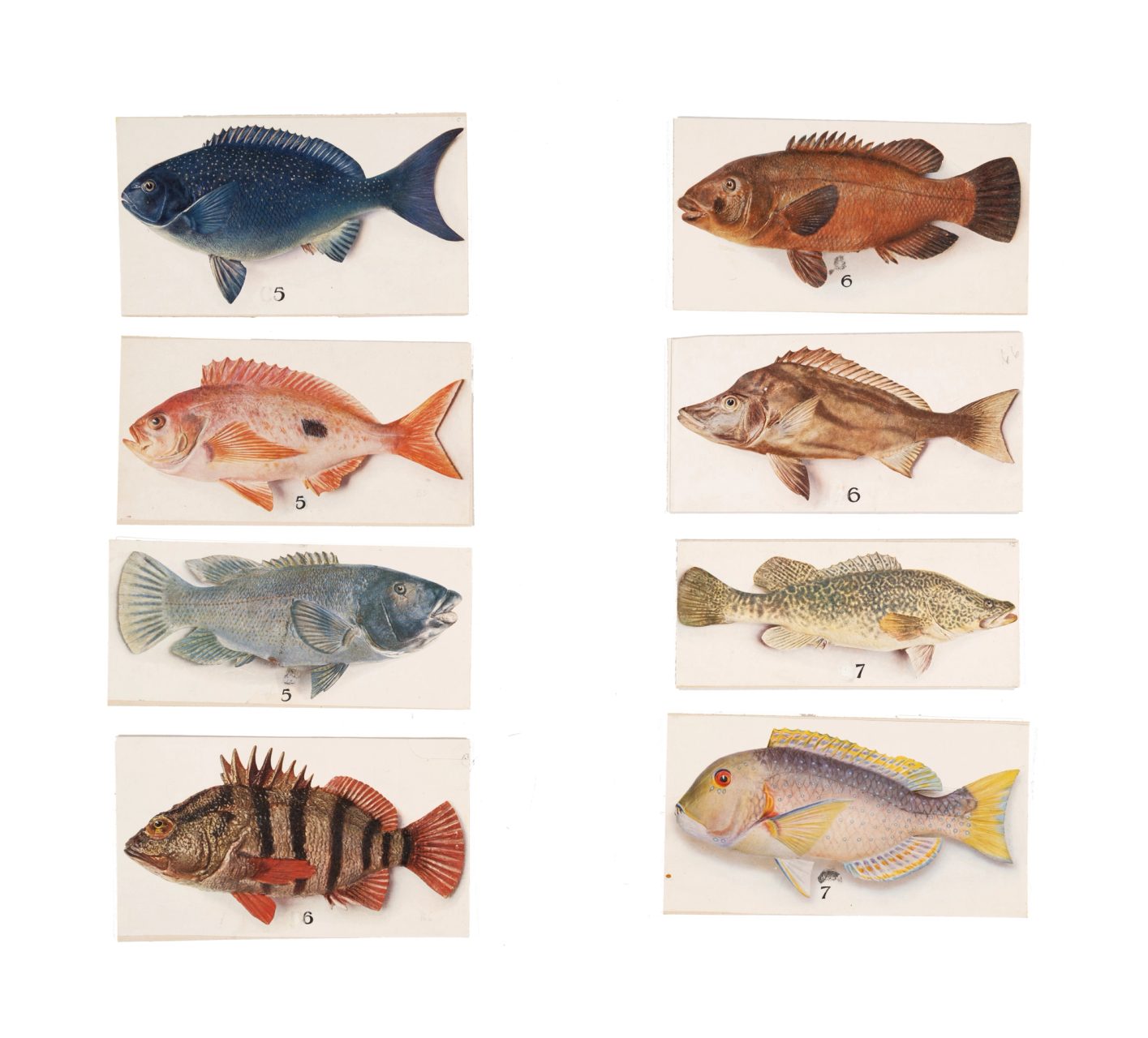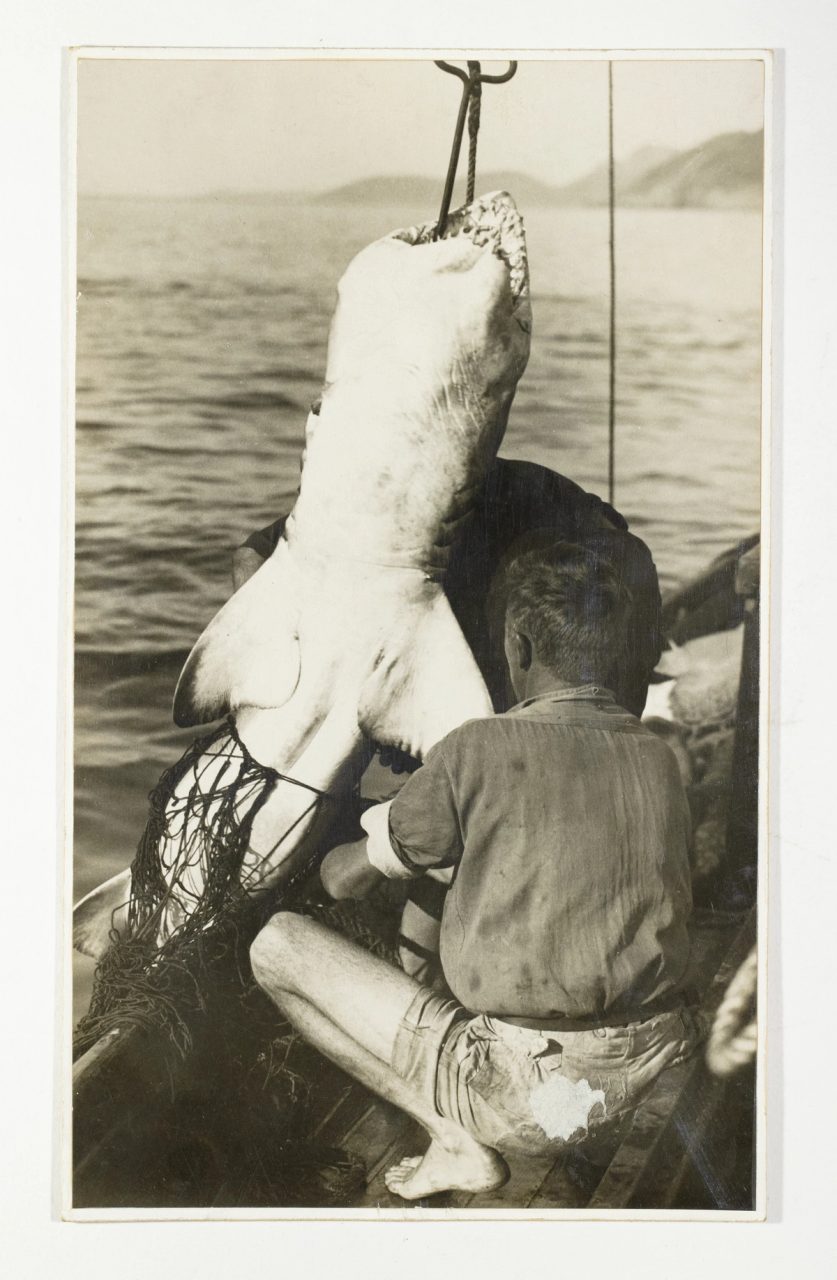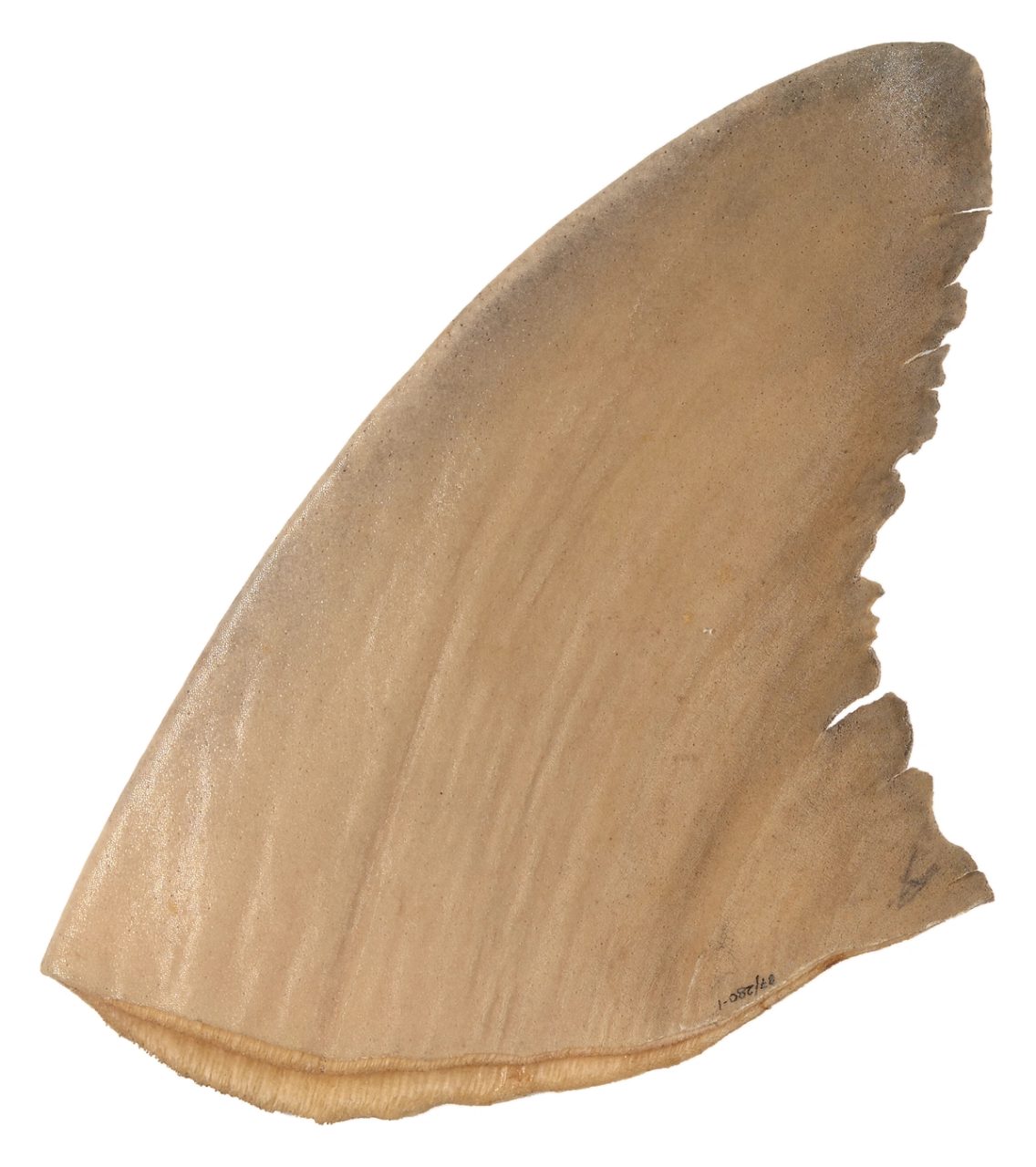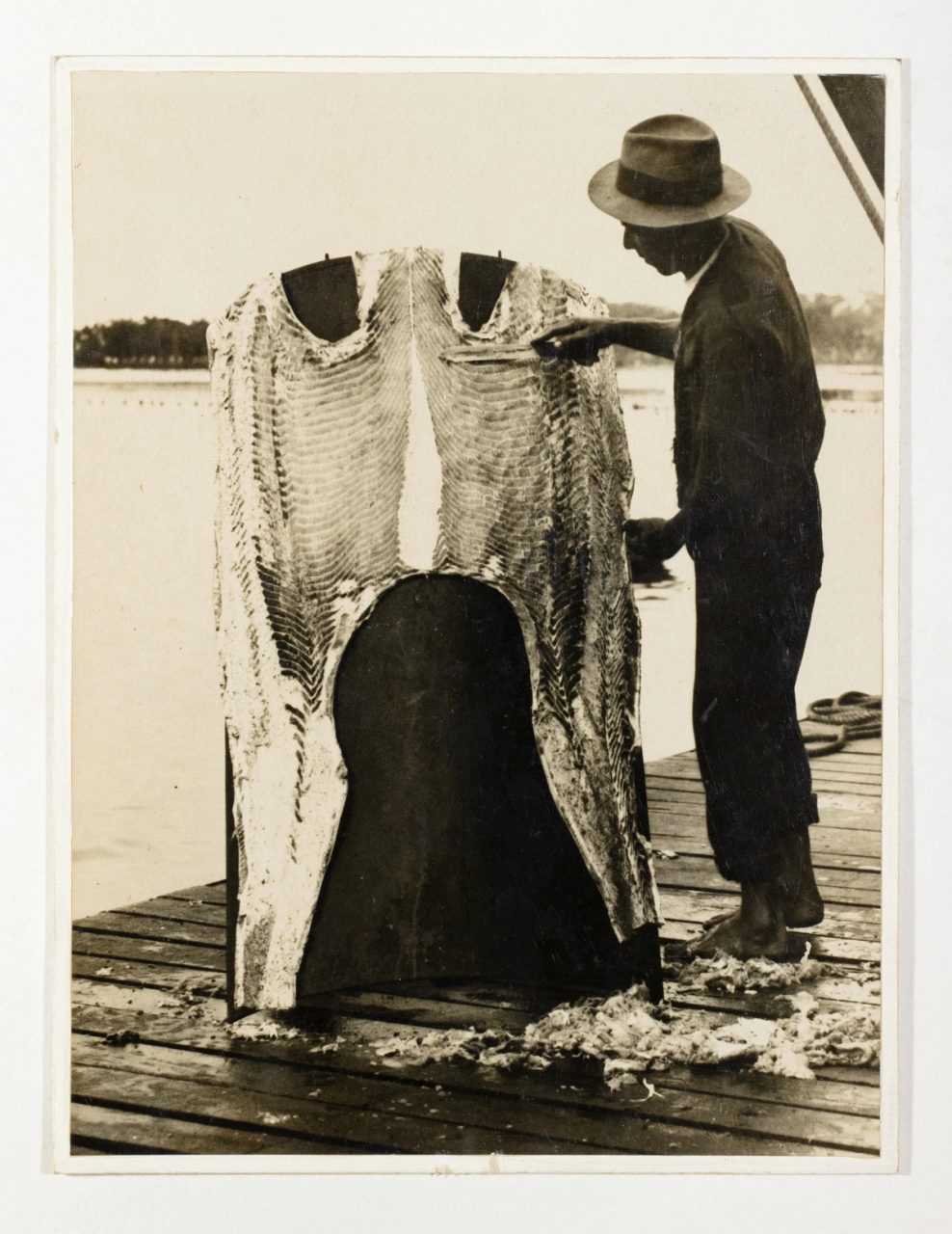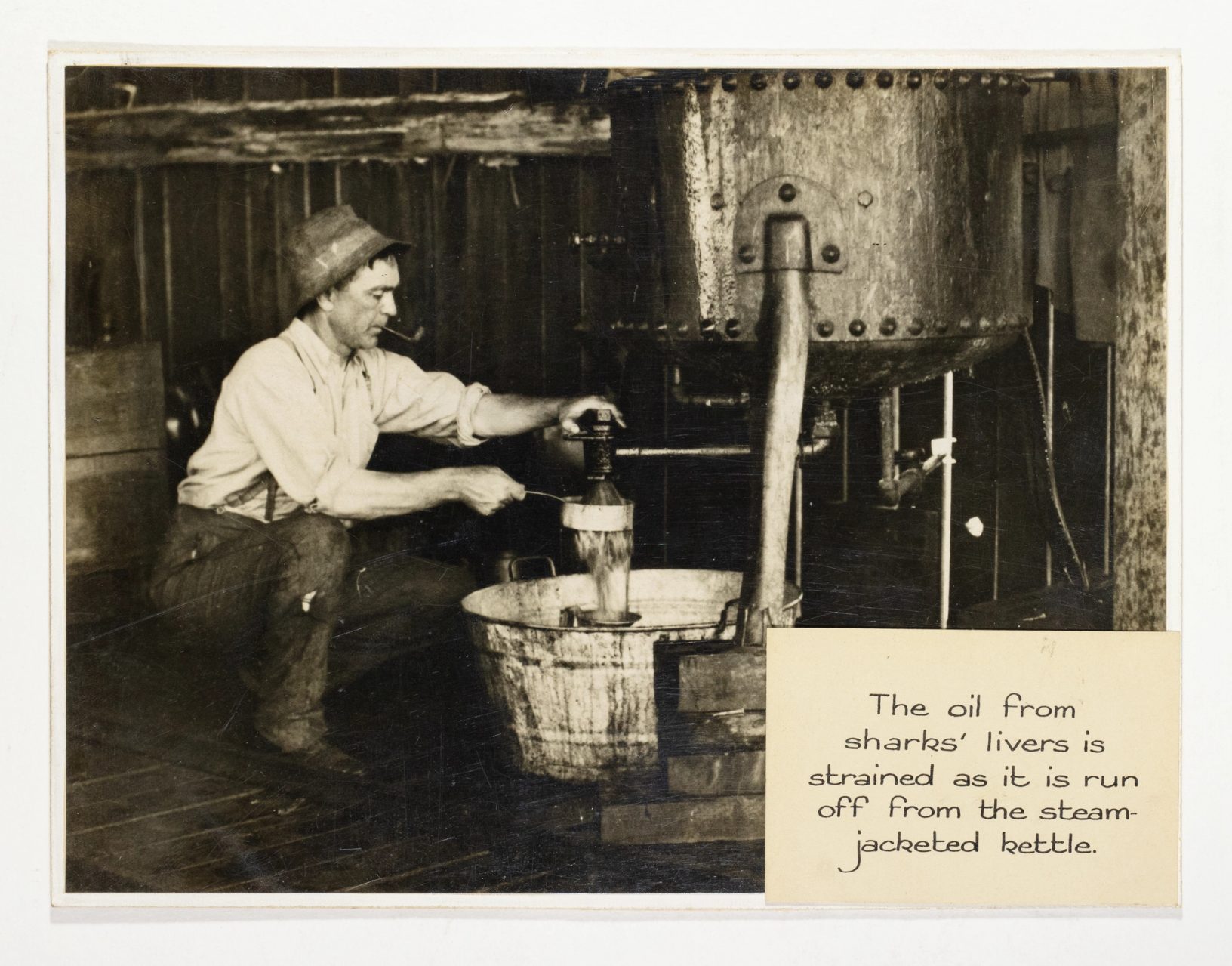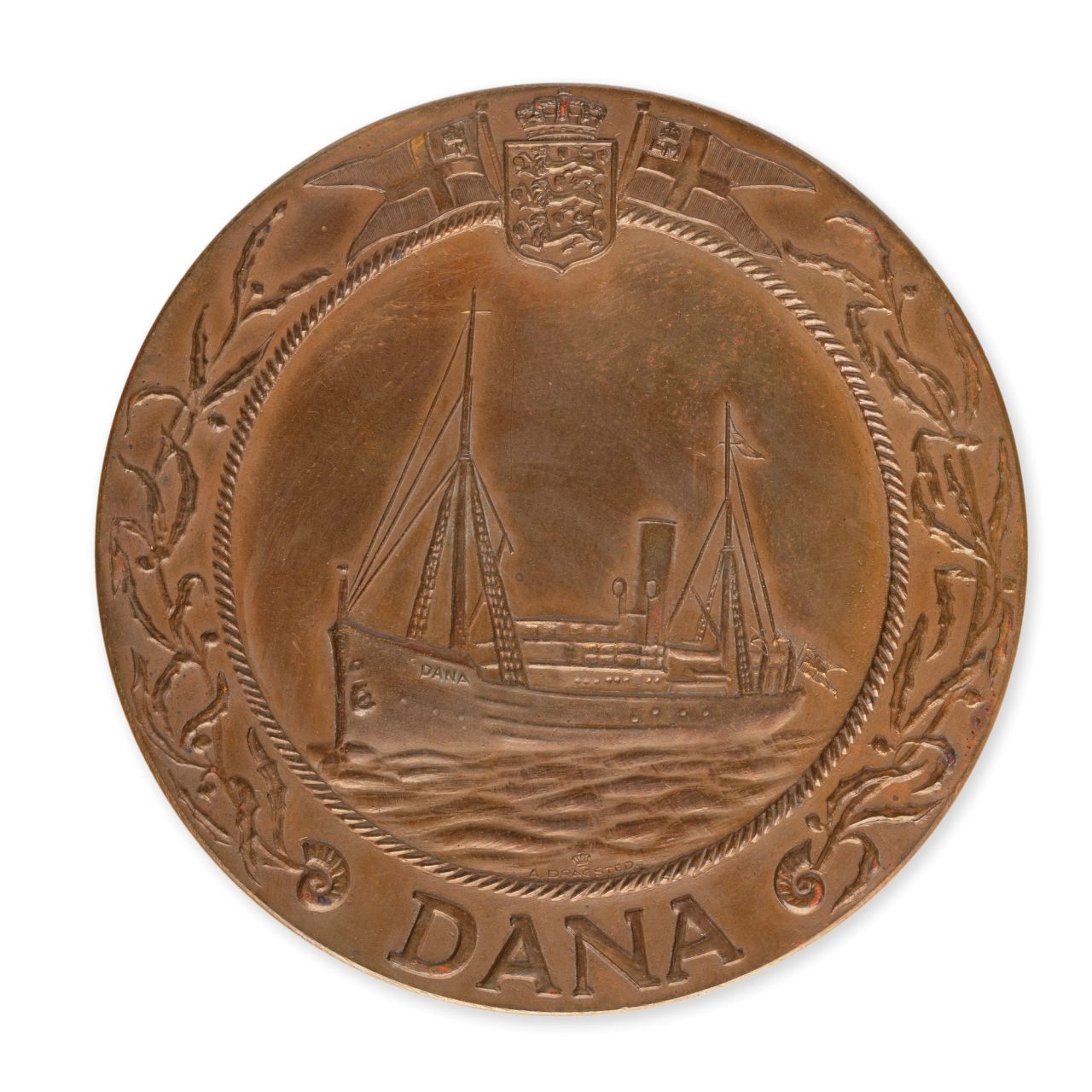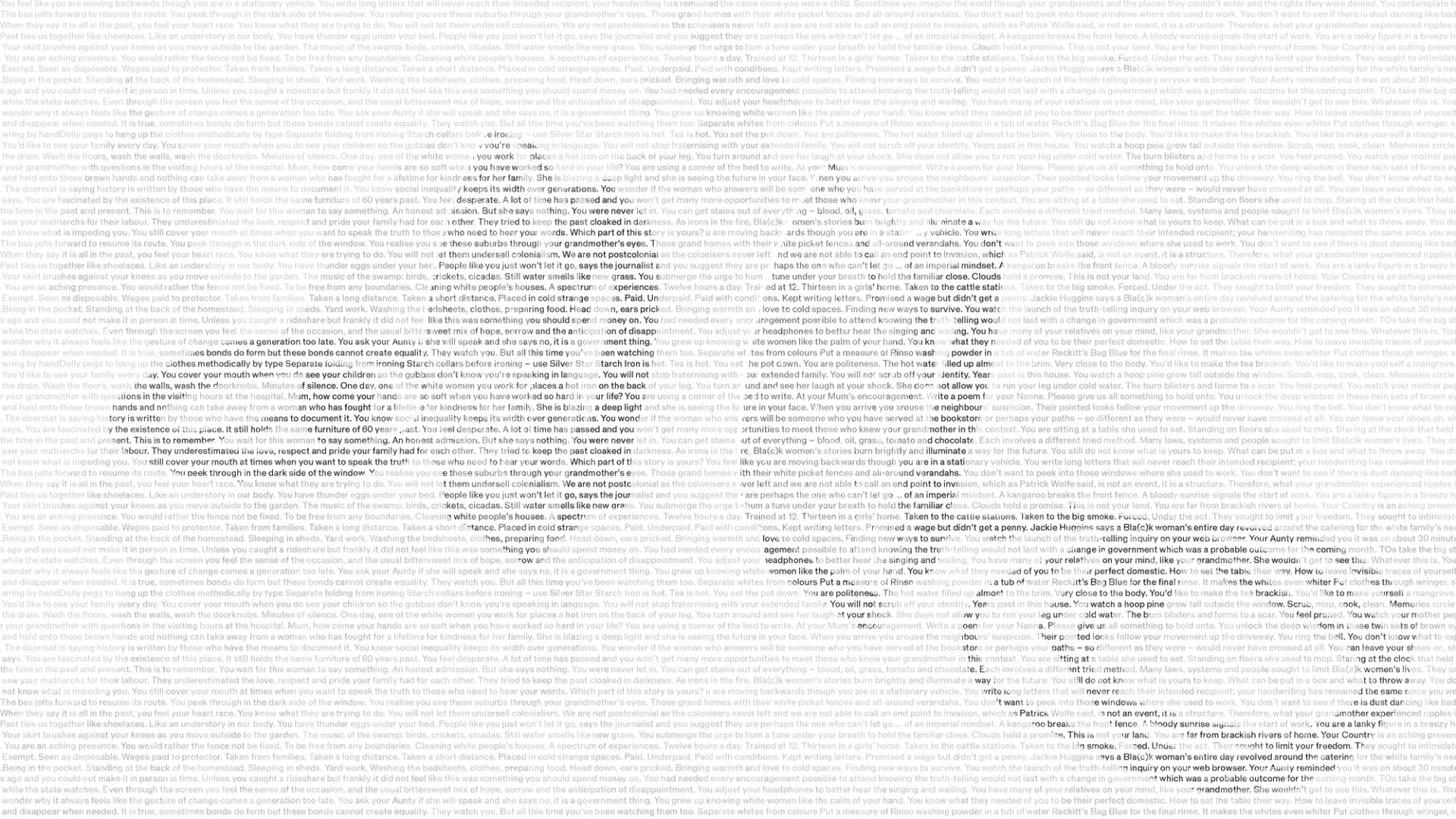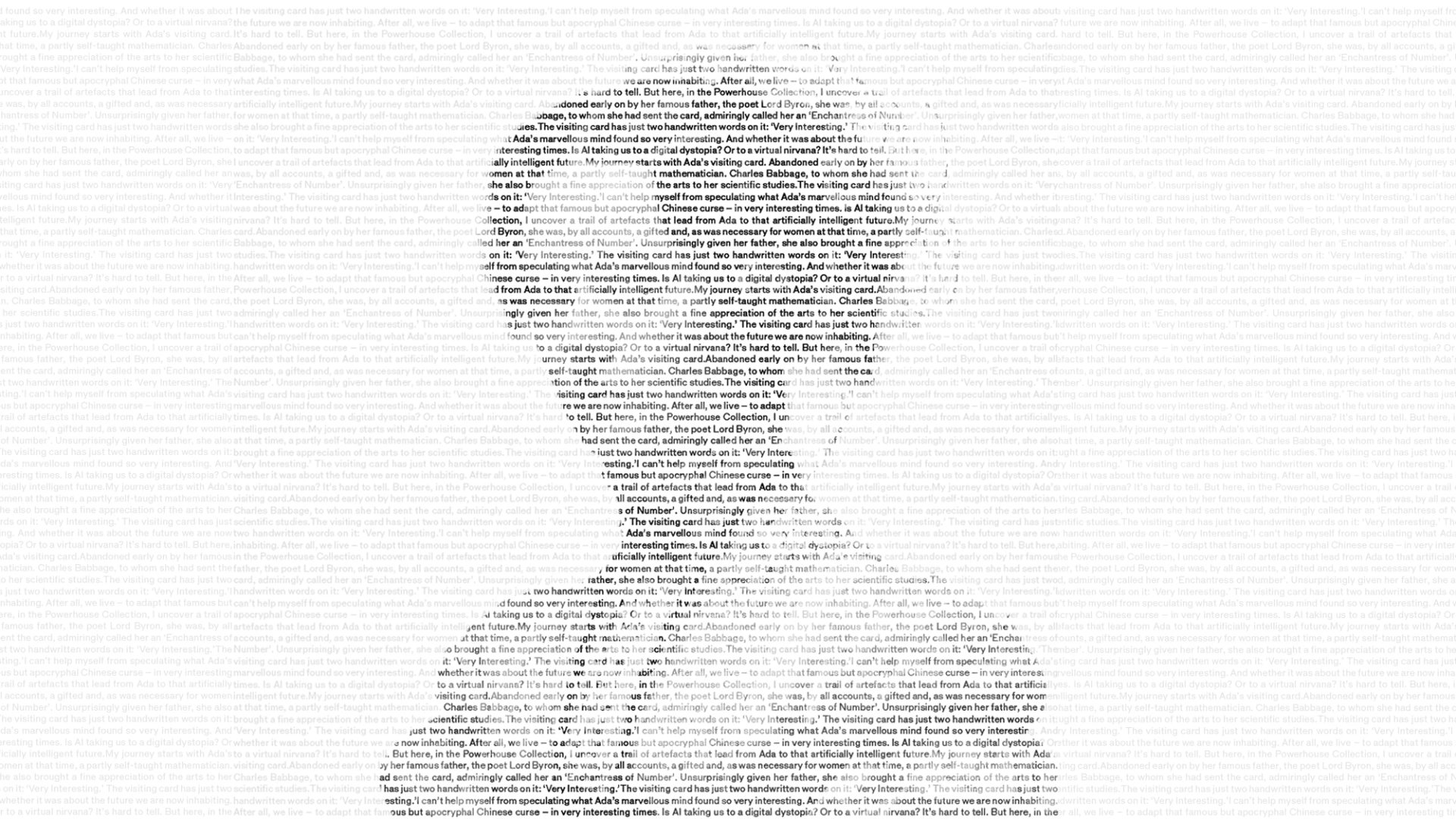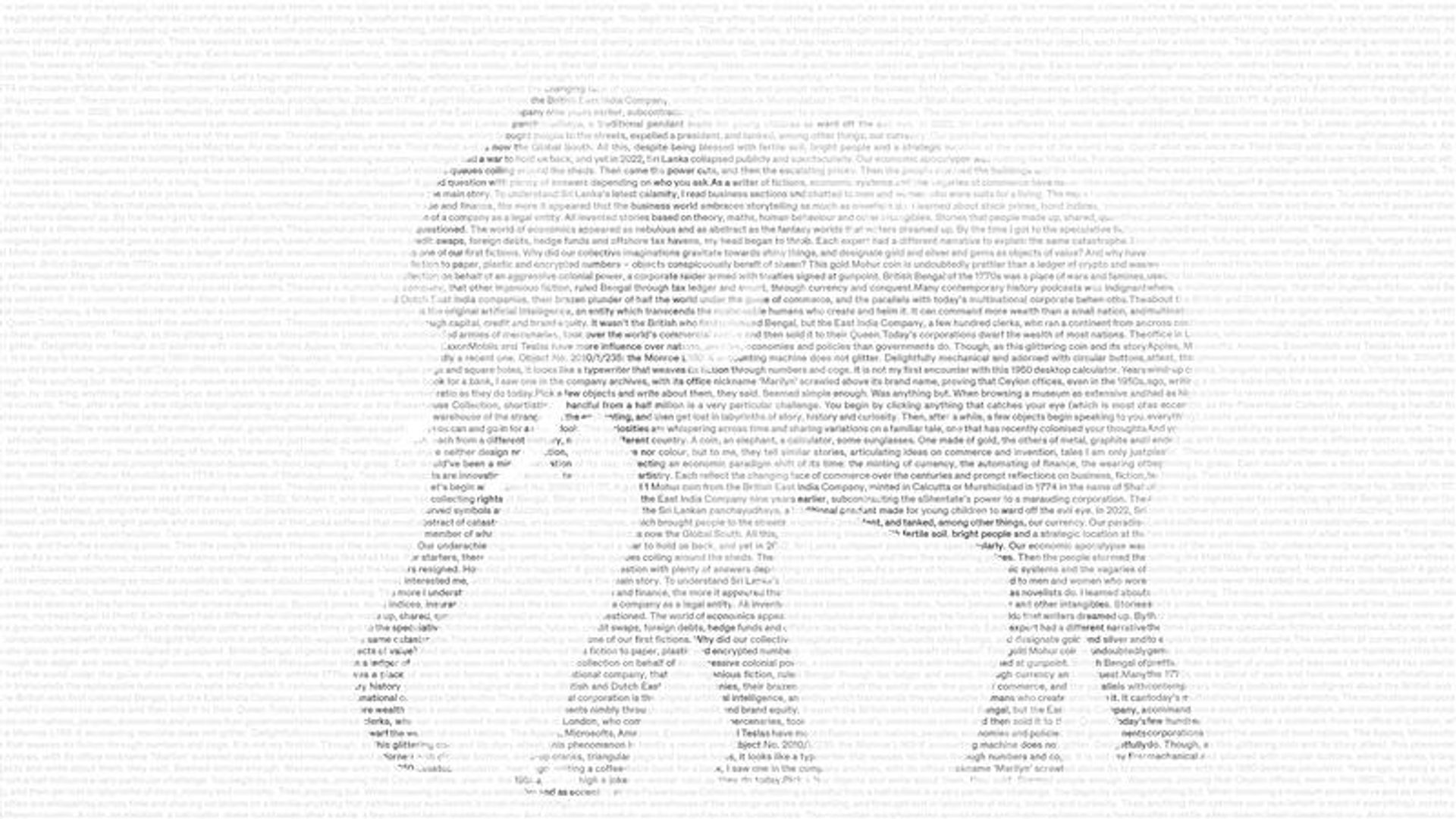One Man for Many Fishes

Vicki Hastrich, author of The Last Days of Zane Grey and Night Fishing, has been commissioned by Powerhouse to write about objects in the Powerhouse Collection. In this work she tells how early economic zoologist T C Roughley became a pioneering champion of Australia’s ocean life.
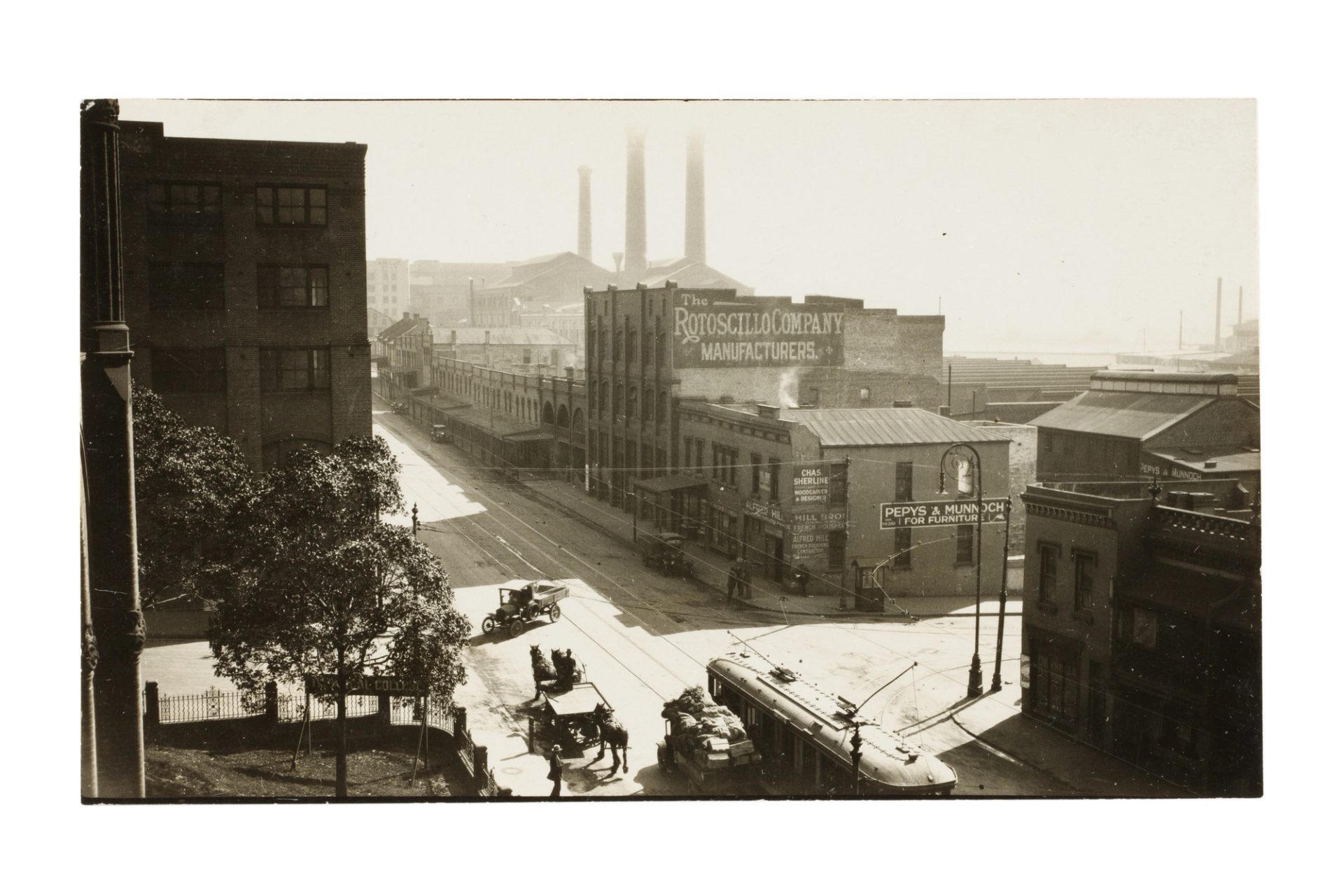
Harris Street, Ultimo, on the western edge of the city of Sydney, about 1915. The smokestacks in the distance belong to the Ultimo Power Station and belch out coaldust that coats the industrial suburb. Factories, quarries, woolstores and flour mills make up the neighbourhood, which is also home to the Technical College, handily placed where future workers can learn their trades. In front of the college is a companion building – the Technological Museum – and it’s from an upper storey of that establishment that this photograph is taken.
A few years earlier a young man walks along this grimy street, perhaps with an umbrella in his hand because the weather is cold and rainy that Monday, 21 August 1911. I’ve been on the trail of this tall slim 23-year-old for a couple of months, finding out the story of his life’s work through objects held in the Powerhouse Collection. His name is Theodore Cleveland Roughley and he’s heading for the museum. He has a brain for science, but he is that loveliest of things – a well-rounded human being. He is an excellent sportsman, a skilled artist, a serious photographer, a book lover and an articulate and entertaining communicator. He’s also a university dropout. Born in Dulwich Hill in 1888 and educated at Sydney Boys High, he is here because, after three years of studying towards a medical degree at the University of Sydney, he has realised the illnesses of people are not his real interest. But as he steps through the door of the museum to take up his first job as the new economic zoologist, he cannot know that he’ll find a subject to intrigue and engage him for the rest of his life. The neglected fishes of Australia are soon to have a champion.
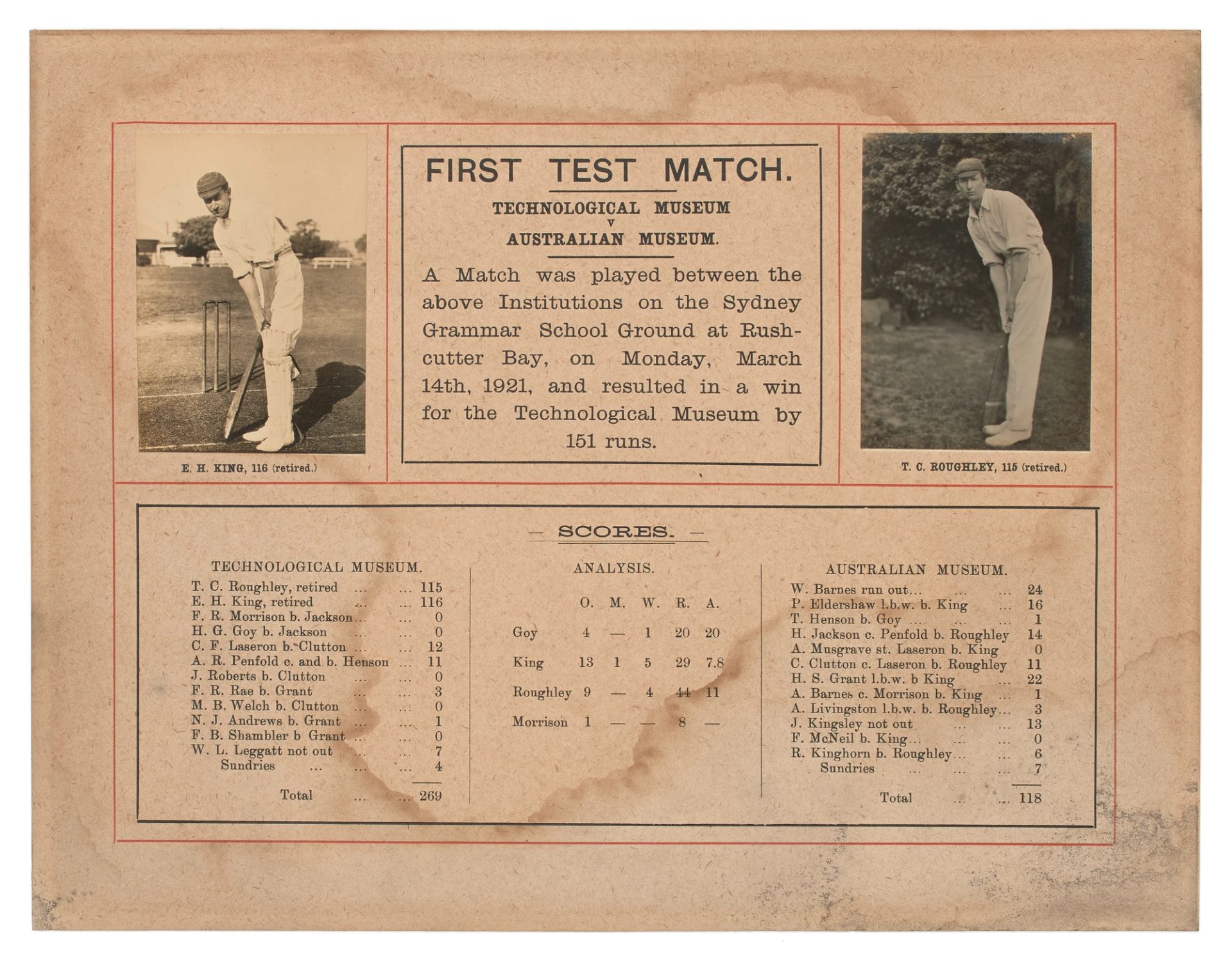
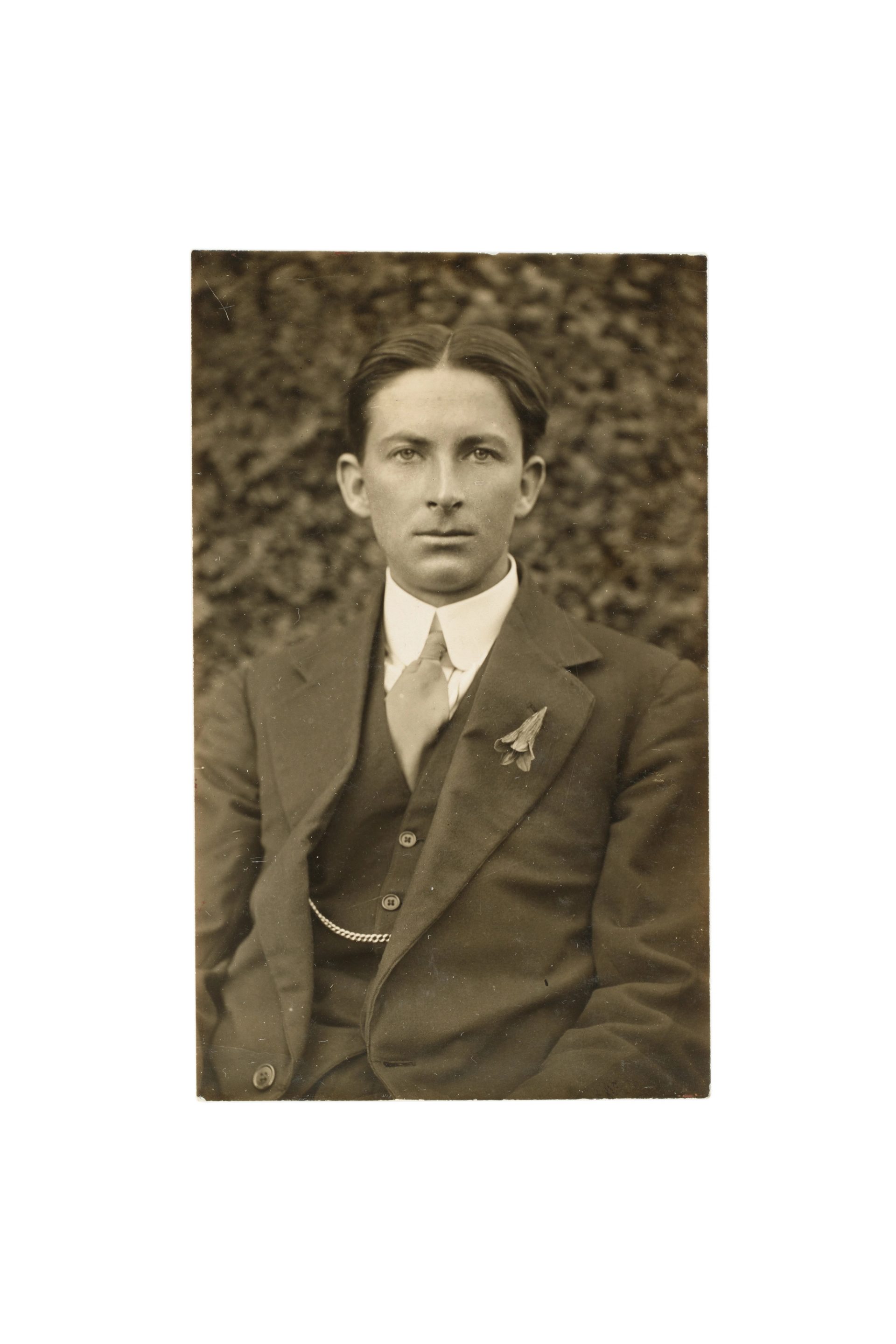
The museum Roughley joins (which will become Powerhouse) is organised into what’s quaintly known as the ‘three kingdoms’ – economic geology, economic botany and economic zoology – with each given a floor of the building for exhibits. The institution is deliberately located in a working-class suburb to encourage working-class people to access it and learn from its displays. But by the time Roughley arrives, exhibits are secondary to the museum’s other role as a provider of research and information to state government, business, schools and the general public on the commercial uses of Australia’s natural resources. Although anything animal is Roughley’s domain, about 12 months after his appointment he sees he will have to choose a subject to specialise in. He decides on fish and fisheries.
‘It was simply because practically no scientific work had ever been done on the economics of this branch of Australian industry. It was a virgin field.’
It’s hard to believe how little non-Indigenous Australians knew about the contents of our oceans and seas back then, and for decades to come. History does that: surprises you with what a society knows, or doesn’t know, at any given point in time.
When Roughley makes his decision, Australia has one fisheries scientist, Harald Dannevig, who is employed by the Commonwealth Government, and one research trawler, the Endeavour. But in 1914, on a side mission to relieve meteorological staff at Macquarie Island, the Endeavour disappears in a gale. The entire crew, including Dannevig, is lost. That leaves Roughley as the only person in the country seeking to understand fish stocks and boost market supply. Dannevig had been working to identify offshore trawling grounds because professional fishermen operated almost exclusively in estuaries near cities and towns and had already seriously stripped them out. It’s a staggering fact that Australia could not then provide enough fish to feed its small population, importing more than it produced locally. There’s no shortage of work to do, but Roughley will have to cadge boat rides for any fieldwork involving on-water surveys or experiments because the museum doesn’t have the resources to equip him with a vessel. There’ll be no dedicated marine research vessel for any organisation in Australia for more than 20 years.
Undeterred by the daunting scope of his chosen field, Roughley cracks on, completing his first major project for the museum in 1916 with the publication of an impressive book, Fishes of Australia and their Technology. The book’s superb colour plates of common fish species are so accurate that Roughley uses them again in Fish and Fisheries of Australia (1951).
The chromolithograph plates are rendered from plaster casts of freshly caught fish that have been painted by the museum’s artist. Roughley closely supervises every stage of the process, providing the artist with specially frozen fish for reference. Fish species, their geographical distribution, habits and methods of capture are described in the book, along with suggestions for where they might be found in greater abundance. Roughley’s own drawings and photographs accompany the text. The book sets a new standard in Australian ichthyology, and is valued by collectors today for the way it combines art with science.
This is Roughley’s first survey of the field, a solid base of knowledge that future work can spring from. As with most of his research, it’s also shared with the public through the museum, and the painted fish casts become a longstanding exhibit.
Oyster growers are next to benefit from Roughley’s scientific attention. No detailed biological study has been done on Australian oysters, and since no-one properly understands the creature’s life cycle or its pests and diseases, farming methods are haphazard and harvests unreliable. For nearly 20 years Roughley studies the secretive mollusc, discovering in 1927 that the Sydney rock oyster changes sex – a revelation to international researchers who subsequently find this to be true of certain other oyster species. Roughley progressively publishes his oyster work and in 1933 is finally rewarded for his original research with a Bachelor of Science degree. Oyster growers more than double their production on the back of his findings, and consumption also increases when he embarks on a public education campaign to dispel widespread myths about the dangers of eating oysters under certain conditions. It was commonly thought, for instance, that it was unsafe to eat oysters during the winter months, and that drinking spirits with oysters would cause certain death. Through regular public talks and broadcasts, he becomes a trusted source, known for delivering interesting scientific information on anything fish-related.
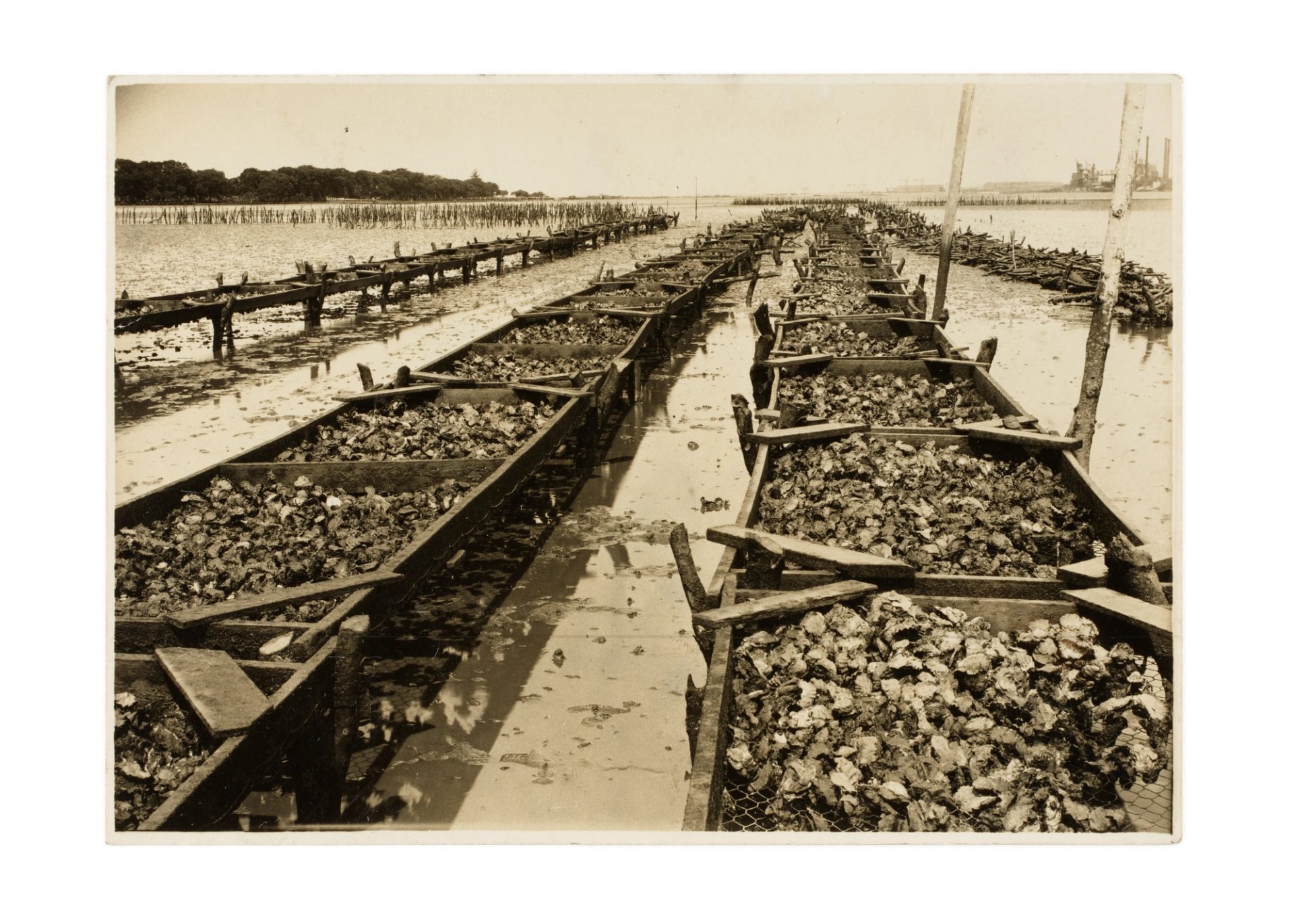
In the last 1920s, while still doing oyster research and attending to routine museum duties, Roughley takes up the study of sharks and the commercial viability of harvesting them for the products that can be manufactured from them. It has the potential to be the perfect industry – everyone participating in Australia’s burgeoning beach culture is terrified of sharks and believes the more dead the better. Roughley no doubt disappoints many when he concludes that the difficulty lies not in the production or value of products, but in securing a reliable enough catch to support ongoing processing – you can never be quite sure where the sharks are lurking. The niche industry doesn’t expand. Once again, Roughley puts his research to secondary use as a museum exhibit, mounting a display of his photographs and gathered shark products.
By now Roughley is a familiar friend to the fishing communities he regularly visits for his research up and down the coast. He’s also an established figure in Sydney’s elite scientific circles, belonging to the Linnean Society, the Royal Zoological Society and the Microscopical Society of New South Wales, eventually serving each as president. Somehow he also finds time to participate in the activities of other extracurricular groups such as the Sydney Aquarium Society and the Photographic Society of New South Wales. Much is already expected of Roughley at the museum as its economic zoologist (and one of its first in-house photographers), and there’s no doubt he’s stretched thin with this wide range of interests.
On top of his major projects, information requests from colleagues and the public arrive at his desk every week.
‘When one contemplates the enormous staff in the various fishery bureaux and marine stations in America and England, the limited research which one man can undertake amongst the great fisheries resources of Australia should, I submit, be encouraged with the utmost vigour. There is scope for a score of men to assist me in the work I am doing.’
But opportunities arise for Roughley to work more collegiately, or at least see what that might look like. As Australia’s foremost expert on oysters, he’s briefly lent out to the Queensland Government in 1928 to report on the oyster farming potential of Moreton Bay. From there, he travels further north to visit the prestigious Great Barrier Reef expedition, headquartered on the Low Isles off Port Douglas. This group of British biologists is conducting the first ever in-depth study into the life of the Australian reef. On the way up, from the bow of the SS Canberra, Roughley takes what is thought to be the world’s first photograph of a flying fish in mid-flight. Though it looks like a non-descript blur today, it’s a unique image to have in the Powerhouse Collection. Roughley is rightly proud of the shot, and shares it with different audiences over the next few years to explain the behaviour and mechanics of the fish.
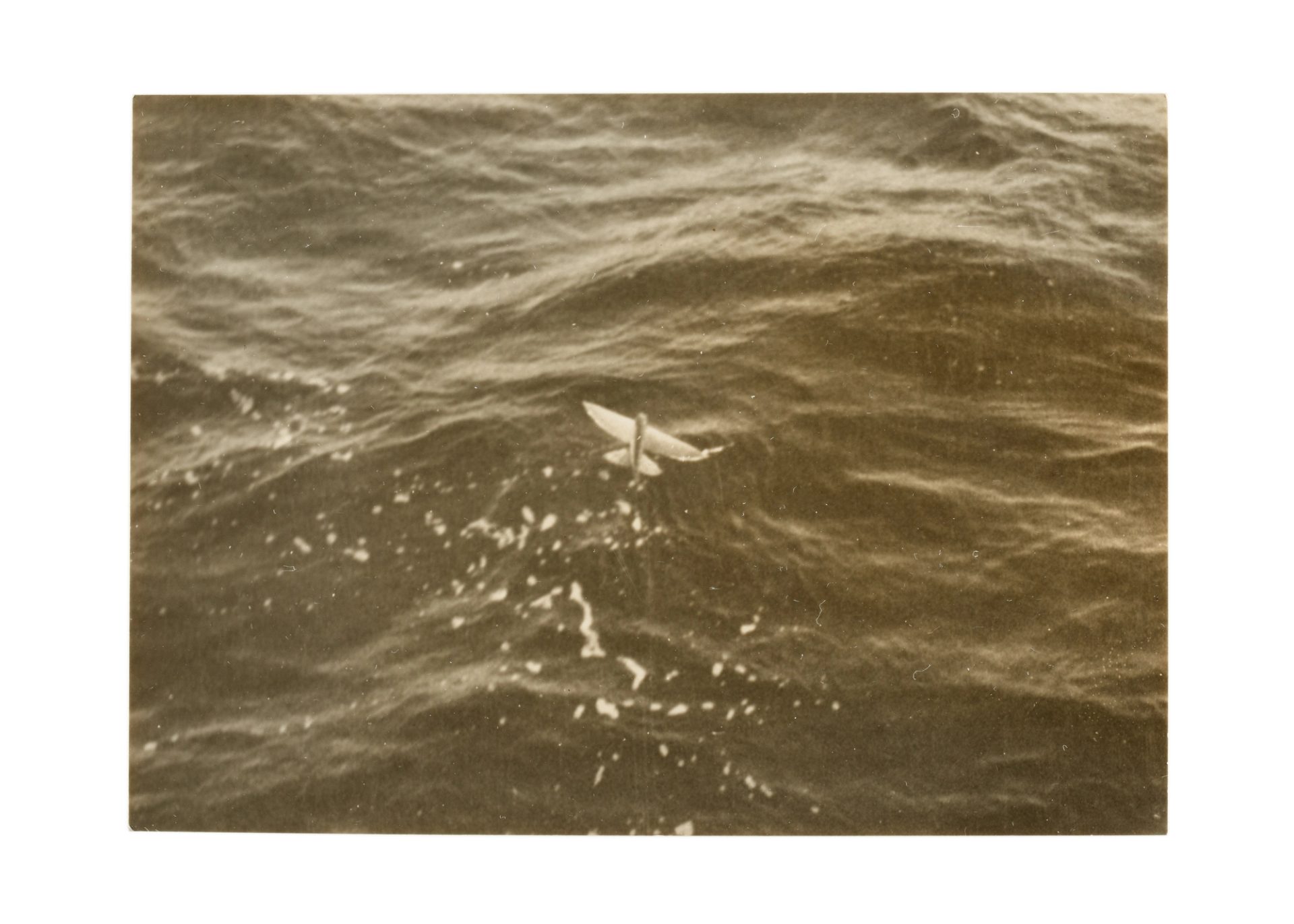
In a series of newspaper articles written on his return, Roughley describes the activities of the Low Isles expeditioners with some envy and argues publicly for Australia to urgently set up its own marine stations. Ocean-going research vessels are also needed, he tells readers, for the study of migratory fish like tuna, which may be found in great numbers off the coast, taking the pressure off inshore species.
‘With a knowledge of the spawning habits and life histories of our fishes, coupled with the intelligent application of statistical data, we shall be in a position to conserve our fisheries and restrict our catches to a safe limit … [W]e owe it to future generations not to go beyond the limit.’
It’s a plea for conservation that’s radically ahead of its time.
The following year, Roughley has the chance to see a sophisticated research vessel in action when a Danish research ship, the Dana, calls into Sydney as part of a world tour. Along with Gilbert Whitley, an ichthyologist from the Australian Museum, Roughley is invited to join the Dana for several days of deep-sea experiments off Sydney, but bad weather hits and little can be accomplished. A second invitation is issued. This time Roughley and Whitley travel with the ship on its Sydney to Brisbane leg. Heading north, the Dana encounters heavy seas that progressively worsen for several days. Plunging on, the ship runs into one of the worst cyclones ever known in the area and those onboard are lucky to escape with their lives. In a Dana notebook of Roughley’s held in the Powerhouse archives, there’s a two-line description on an otherwise blank page: ‘Outward bound. Poe’s Descent into the Maelström.’ Somehow the shocked brevity of that note, referencing Edgar Allan Poe’s short story about a fishing boat sucked into a colossal vortex, is more evocative than the wordier report Roughley and Whitley later co-write in The Australian Museum Magazine. For two days they have no idea where they are as they battle a howling wind that rips the tops off enormous rollers, blowing the spray for hundreds of metres. Finally, they see the beam of Cape Byron Lighthouse and wake the next morning to sunshine. The experience must have been personally confronting, but as true scientists they write of it sparely as a portion of the trip, moving on to describe the never-before-seen creatures pulled up earlier from great depths. There’s diaphanous jellyfish, colour-pulsing larval fish and crustaceans. In the darkened laboratory of the Dana, many specimens glow with ghostly blue luminescence. So many new species appear in the Dana’s nets that Roughley and Whitley feel their ignorance more than ever. On that Dana trip, the wonders and horrors of the sea are on view in equal measure.
In the early 1930s, Roughley’s work takes a rather unexpected turn. The museum receives an avalanche of questions from the general public on a somewhat surprising topic: goldfish. A craze for keeping goldfish has swept across Australia as part of a worldwide trend, and thousands of goldfish are imported into the country each week. In Sydney alone, a dozen aquarium shops have opened, and impulse buyers can purchase them from pedlars walking the streets carrying goldfish bowls suspended on strings. Fish ponds in home gardens are suddenly fashionable too. But few people have any idea how to look after their novel pets and it’s the fate of many to end their short lives belly up. Little information is available. To respond to the overload of enquiries, Roughley answers the basics in a pamphlet that sells out multiple times. He follows up with a comprehensive book, The Cult of the Goldfish (1933), which becomes an internationally recognised bestseller.
The goldfish craze is an indicator of growing public interest in the underwater world as a mysterious realm, a last frontier that’s becoming gradually more visible. The big public aquariums in Sydney, Melbourne and Adelaide are hugely popular attractions (especially the shark exhibits); the world’s first underwater film footage, shot in Australia, has been shown in cinemas; and the Great Barrier Reef is a talked-about destination for adventurous types – in part because of Roughley’s tireless efforts giving lectures to community groups. There’s a book in it, Roughley decides, and in the winters of 1935 and 1936 he travels to Heron and Hayman Island to gather material, taking more photographs to add to the first ever colour shots of the reef he’d taken at the Low Isles. The autochrome film Roughley uses is thought not to work well in warm climates, but Roughley nurses it along to achieve excellent results, showing his innovation in the field. The finished product, Wonders of the Great Barrier Reef, is published late in 1936 to wide acclaim. Part scientific guidebook, part travelogue, it’s the first comprehensive description of the reef and its islands by an Australian. And it’s no surprise it’s popular – with its relaxed conversational tone, it’s also charming.
That same year, the new glamour sport of big-game fishing is taking off in Australia and an enthralled public is keen for Roughley to explain everything swordfish. Zane Grey, a famous American writer, celebrity and expert angler, is one of those trying their luck on the New South Wales South Coast that summer, and Roughley visits his camp. It’s a chance to talk to the experienced fisherman and examine his catch. In the United States there’s a big market for swordfish, but to establish a market here Roughley has to convince people the fish is edible. He has city chefs prepare swordfish several ways and sets up tastings with epicures, but Australians remain dubious. When Grey brings in a large tuna, one of a massive school, he tells reporters it’s untouched gold, and instead of importing canned fish Australia should have its own canning industry. This has always been Roughley’s hypothesis, but action becomes possible now the American has focused attention. Roughley’s work over the next few years to see a cannery established at Narooma becomes among the most important of his career. With a war looming, it’s essential that Australia is more self-sufficient with its own preserved food that’s easy to distribute. Eventually, another 16 canneries are established around the country.
In the year of Grey’s visit, Roughley is made patron of several newly formed game-fishing clubs, with these networks becoming a source of information for him on species and habitat. His ongoing support for the sport also has an economic angle. Grey’s presence, and the record hauls of marlin and big sharks that season, have brought world attention. With improved facilities, more wealthy international anglers might be lured to create another kind of industry: fishing tourism.
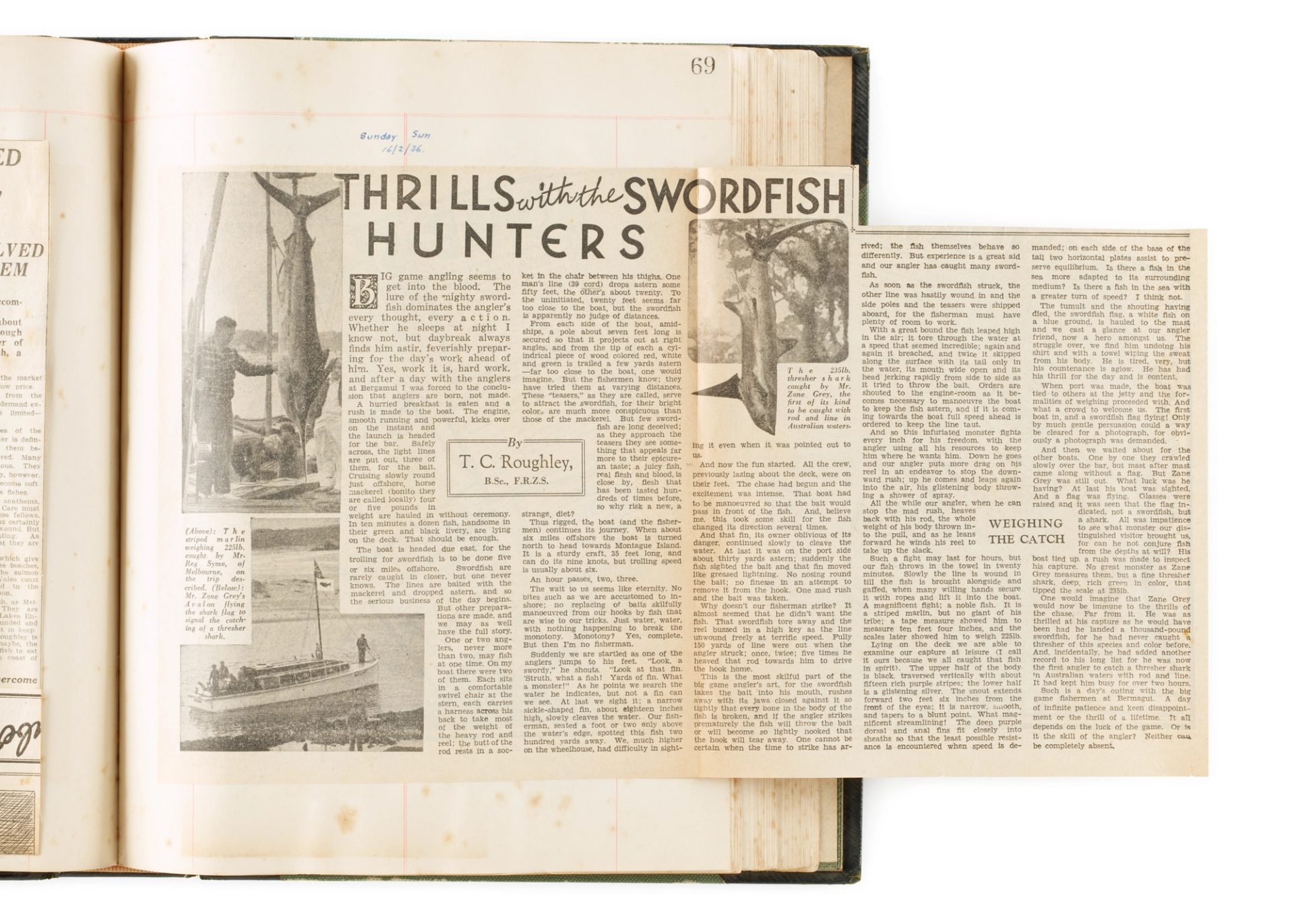
Calls for government investment in marine science have fallen on deaf ears for a long time, but in 1937 the Federal Government finally appoints a Fisheries Investigation Officer as part of what will become the CSIRO. The officer is based at a research facility in Cronulla, but is promised a purpose-built ship, capable of operating Australia-wide. The Warreen is launched the following year – a replacement, at last, for Dannevig’s Endeavour, lost nearly 25 years before.
At the Technology Museum, decades of being overworked, under-resourced and poorly paid have taken a toll on Roughley. Although he aspires to the role of the museum’s curator and frequently acts in that position, there isn’t an opening. With no promotion in sight, in 1939 he transfers as a research officer to the State Fisheries Branch, then an adjunct of the New South Wales Chief Secretary’s Department.
At State Fisheries, Roughley rises to become superintendent of the department, but his museum work will always be judged as his most significant. By the time he retires in 1952, he has managed to make some gains in tightening fishing regulations. Yet he remains alarmed about the overfishing of estuaries and the depletion of edible sharks and bottom-dwelling fish in offshore waters. Essentially his departing message is similar to the one he delivered in 1928:
‘We may be said to hold our fisheries in trust for future generations; we owe it to ourselves to exploit them to a safe limit; we owe it to future generations not to go beyond that limit.’
Theodore Cleveland Roughley dies in 1961 while he is away judging at a fishing contest. I was born the year before, and it will be another handful of years before I first take up a fishing line. Now I know that the estuary into which I so hopefully lowered my hook was already compromised. In my lifetime fish stocks are further diminished, but not my delight in whatever creature might still be brought up from the unseen world below the water’s surface. And this is what I share with Roughley across the decades. I see it there under all his endeavours as I comb through his contributions to the museum’s collection, as I look through his photographs and books – an inexhaustible curiosity and joy in the beauty and uniqueness of all he surveys. ‘What constitutes a remarkable fish?’ he once wrote. ‘Are not all fishes remarkable?’
Author

Vicki Hastrich is a Sydney writer and oral historian. Her two novels, Swimming with the Jellyfish and The Great Arch were followed by the memoir Night Fishing: Stingrays, Goya and the singular life. Writing in the Times Literary Supplement, critic Beejay Silcox has called Night Fishing ‘the literary equivalent of a glass-bottomed boat, a frame for wonderment’. Hastrich’s 2025 biography The Last Days of Zane Grey examines the life of the American western writer, celebrity and big-game fisherman through the prism of his two trips to Australia in the 1930s.
Writing Objects
Writing Objects is a new series of writing engaging with the Powerhouse Collection, opening it up to new audiences and communities. Writers from Australia and around the world share their response to objects.
Bringing scientific, historic and personal perspectives, these stories highlight the museum’s newly digitised collection of close to 500,000 objects and offer new ways to navigate the applied arts and sciences.
The Powerhouse digitisation project is one of the largest being undertaken internationally and will result in new levels of community access to the museum’s extraordinary collections for local, national and international audiences.
